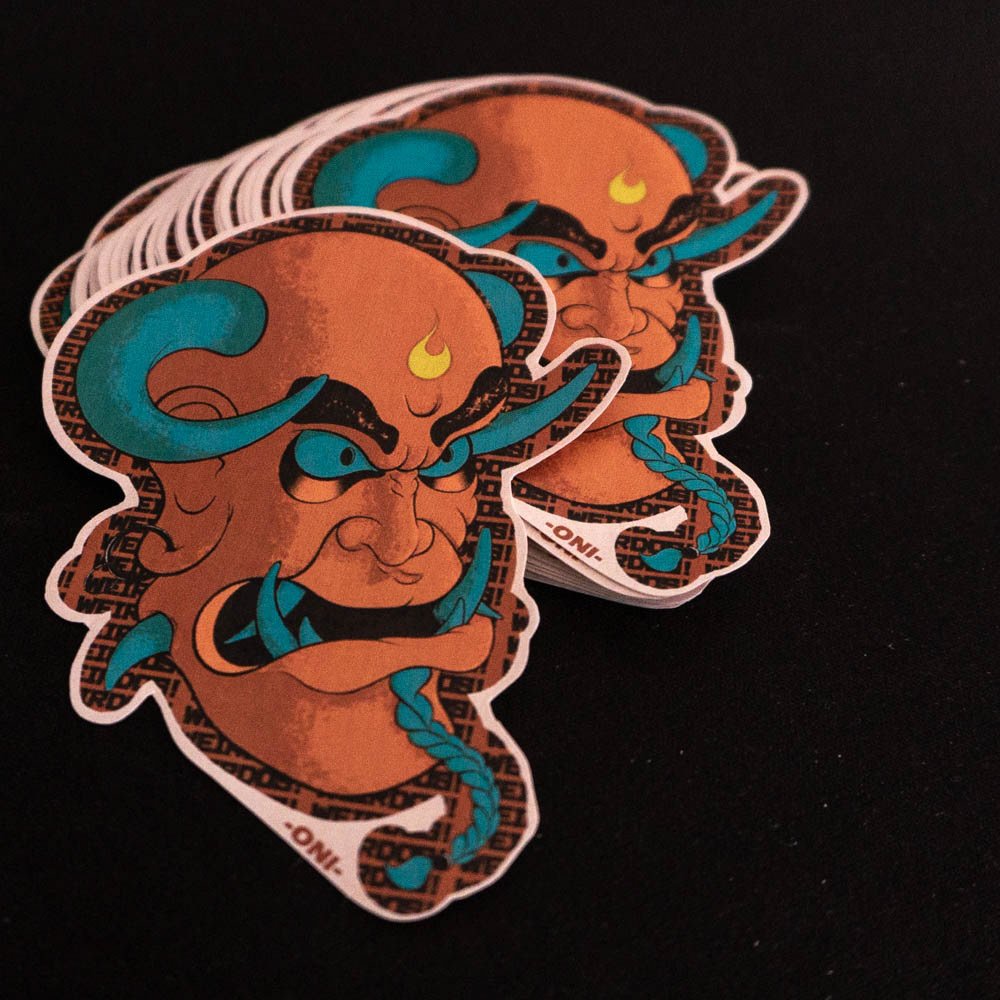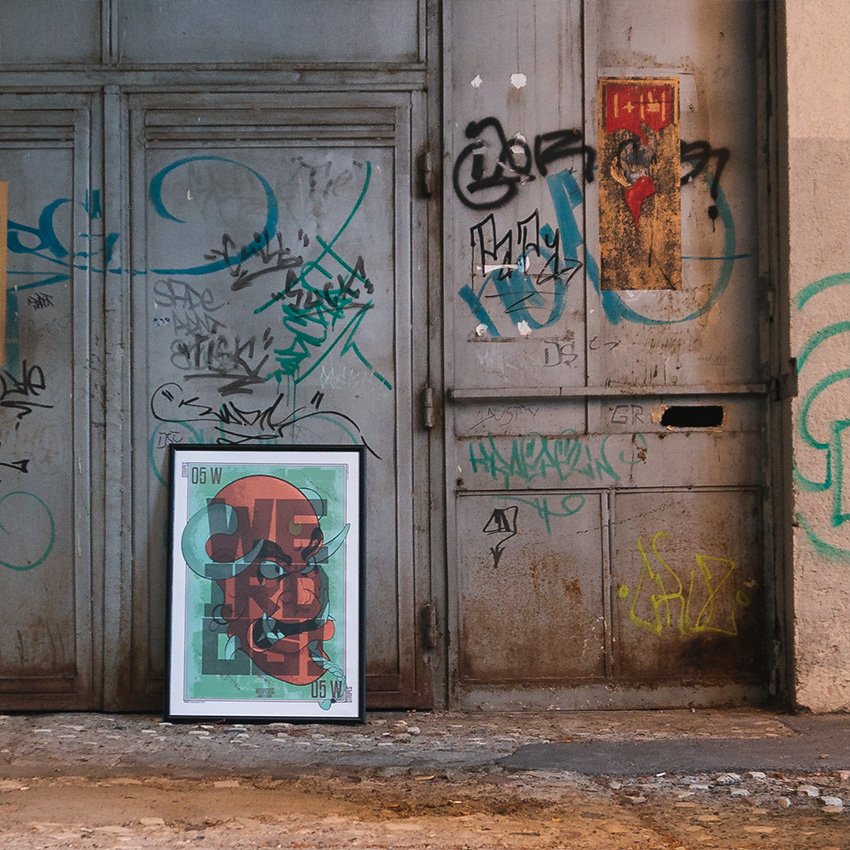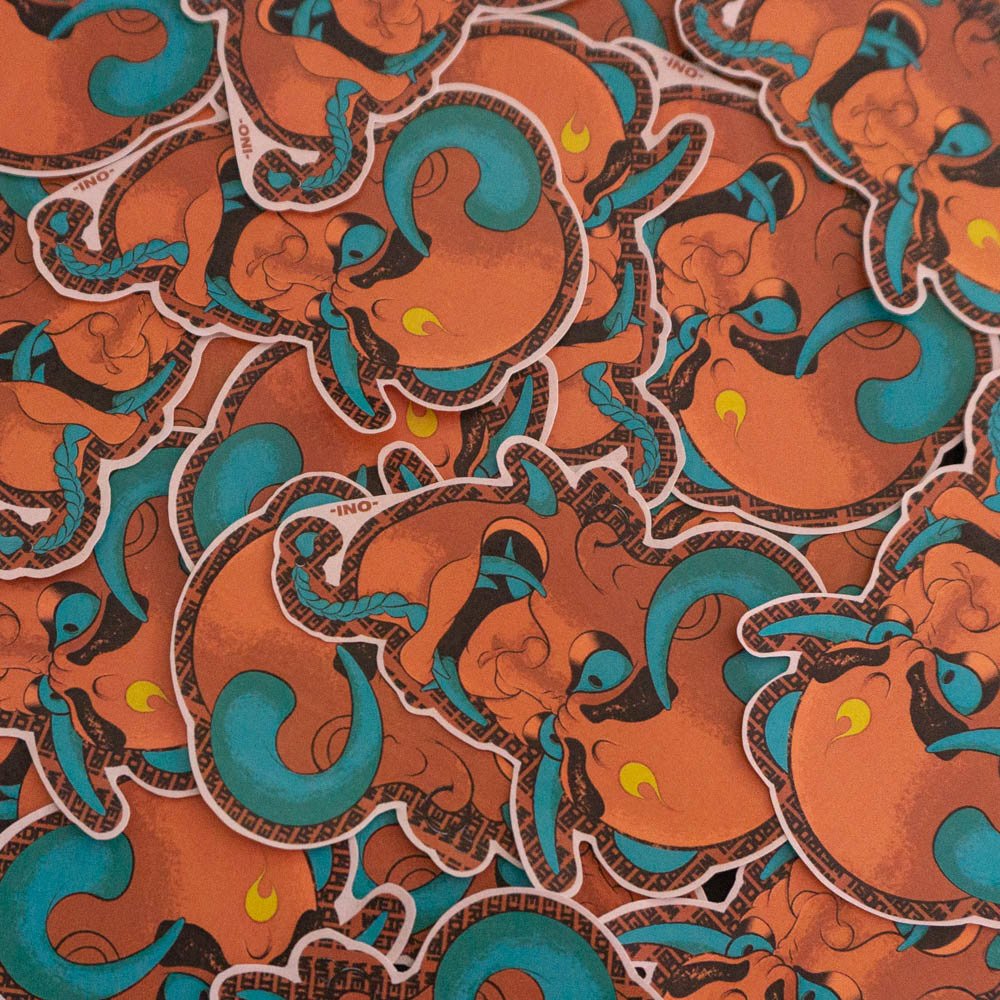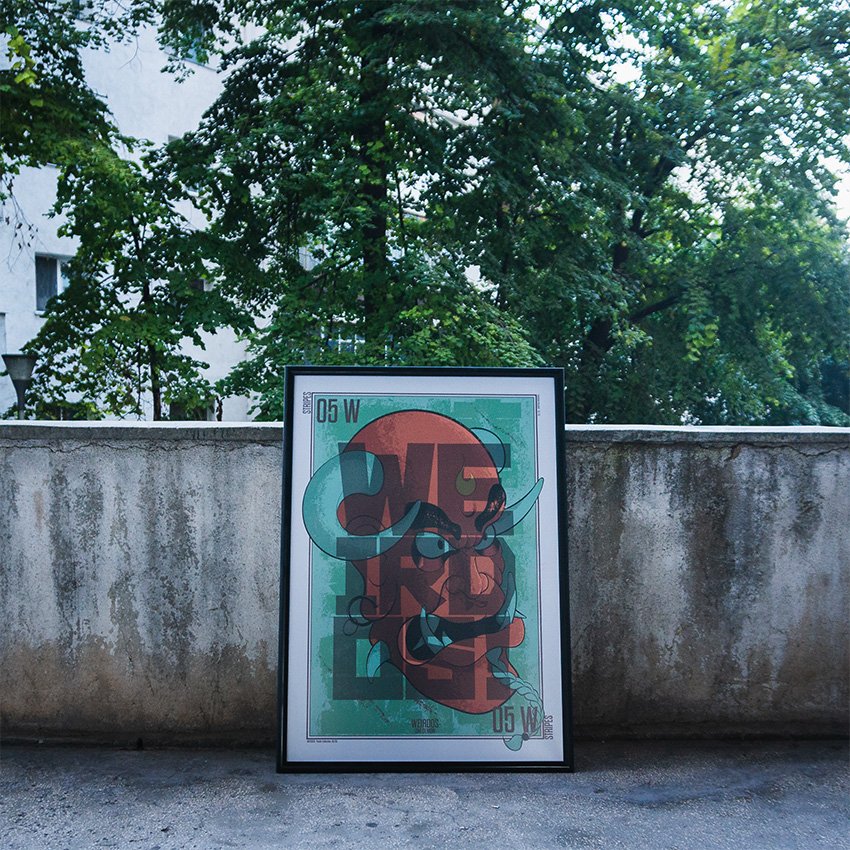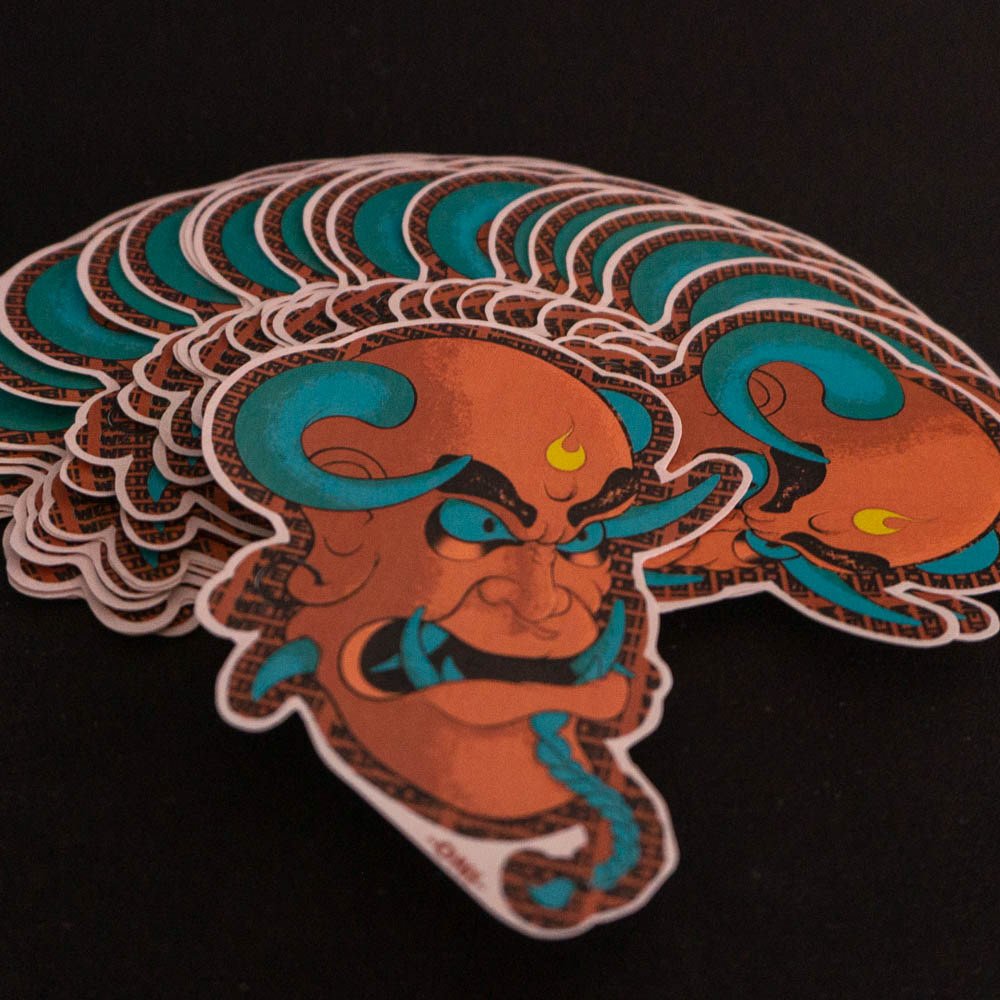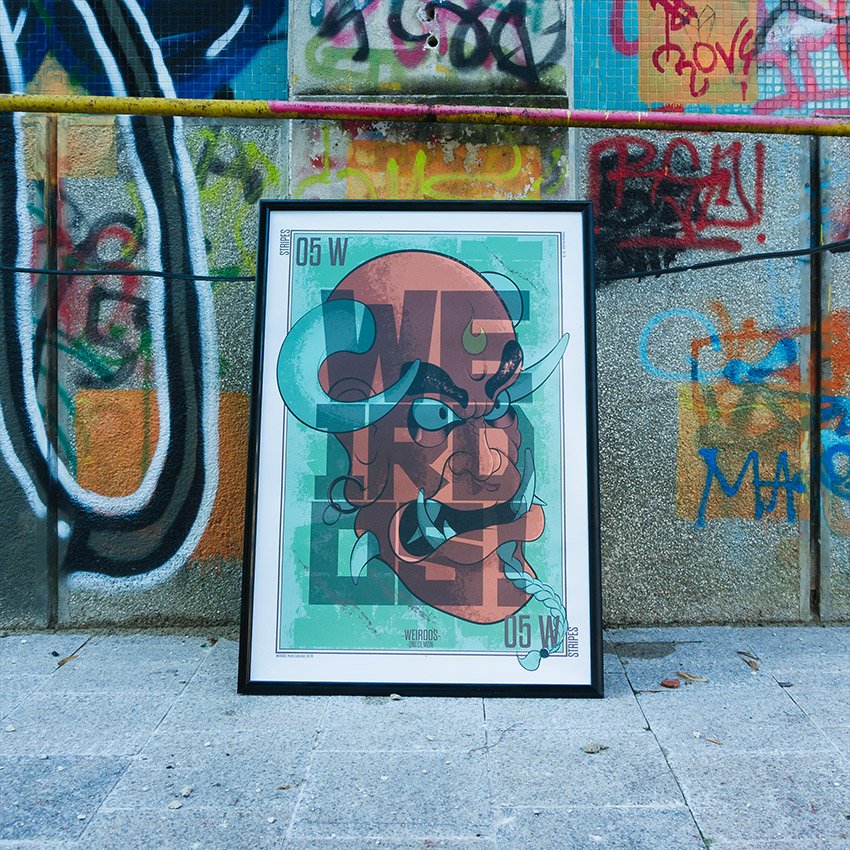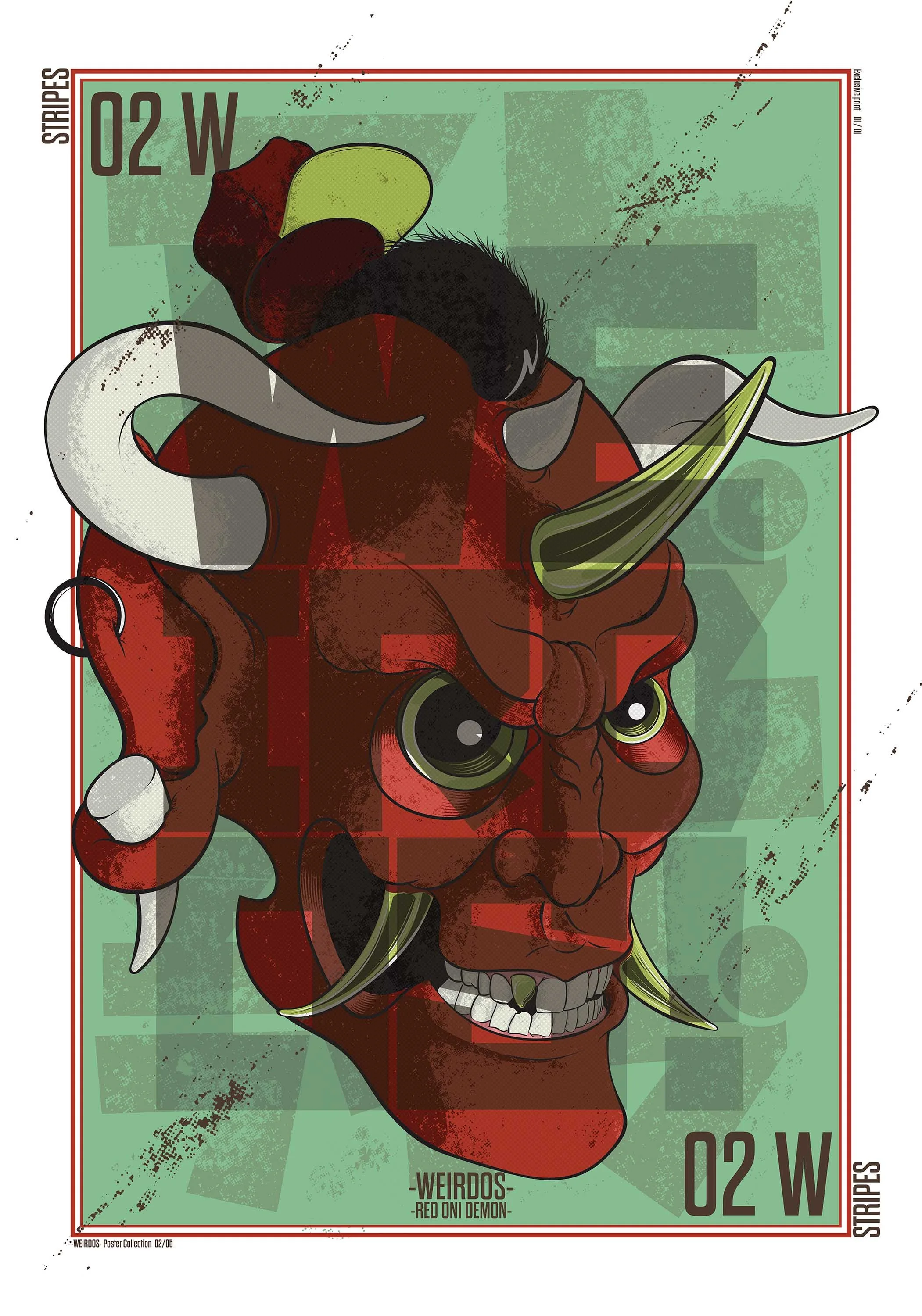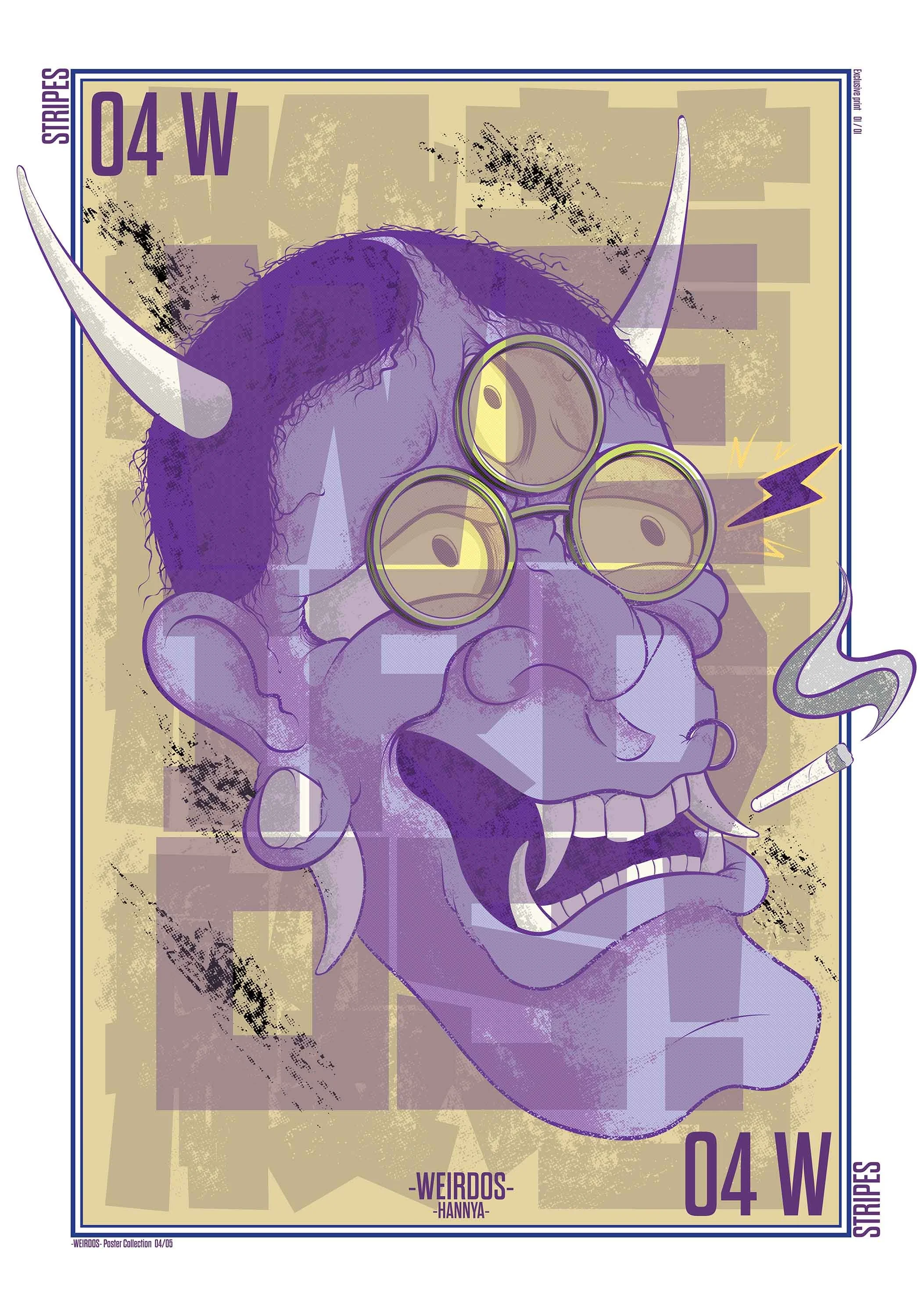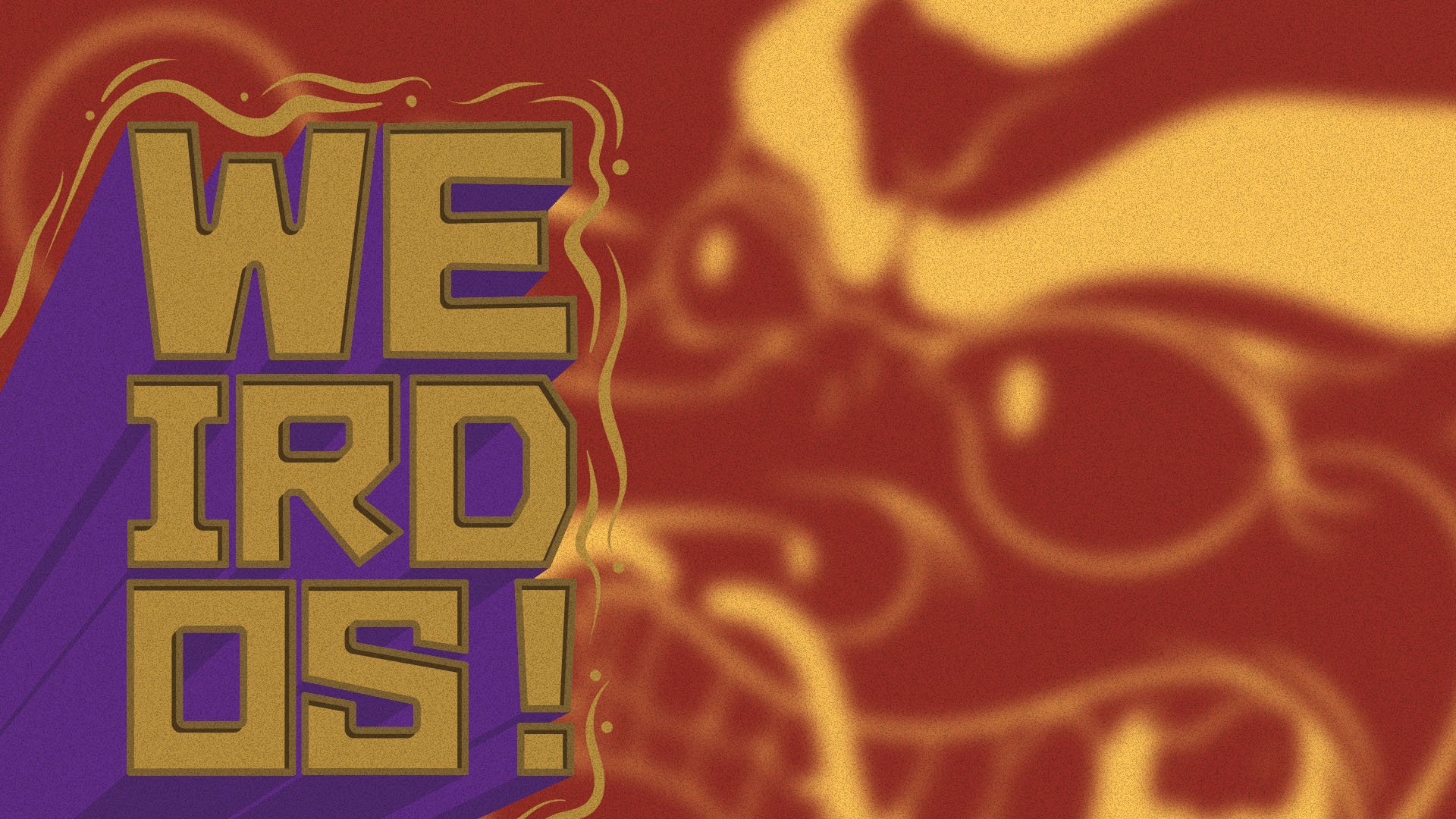
Marking as a first step into the world of illustration with a more complex project, this five-part series explores traditional Japanese and Chinese folklore masks through a modern, youthful lens. Each piece reinterprets a different mask—honoring its cultural roots while giving it a contemporary voice fit for posters and stickers. It’s a quiet conversation between past and present, told one exaggerated facial expression at a time.
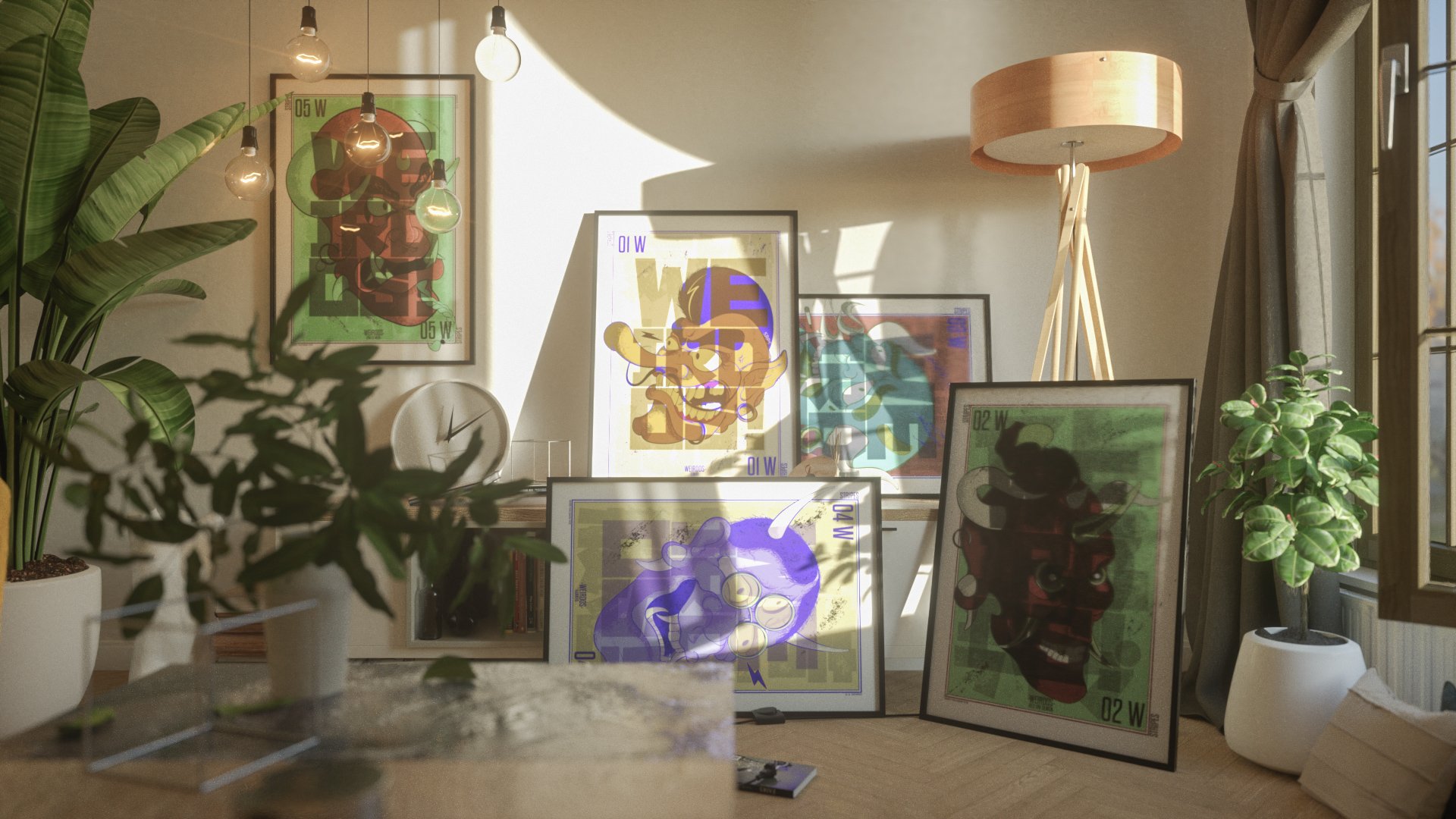
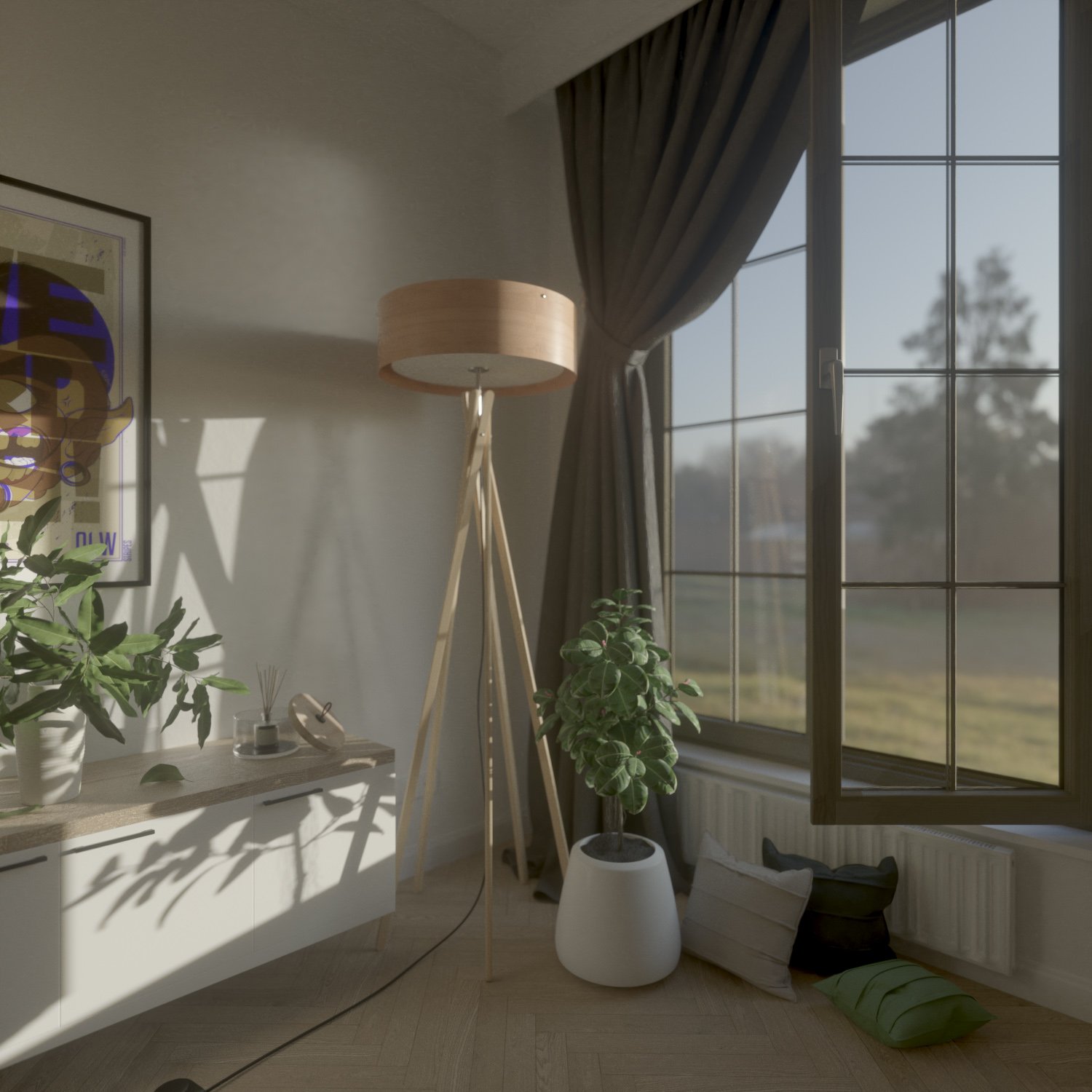



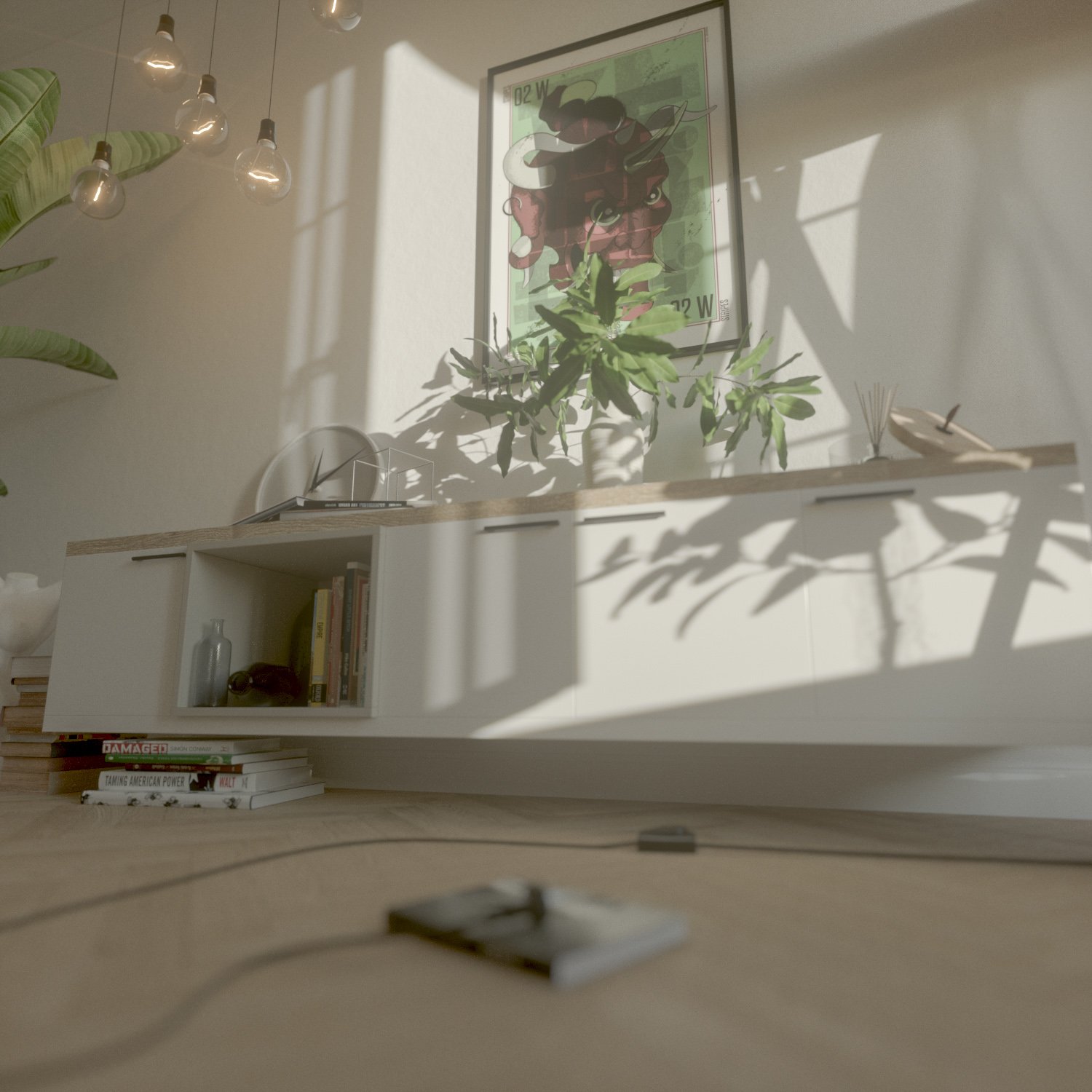
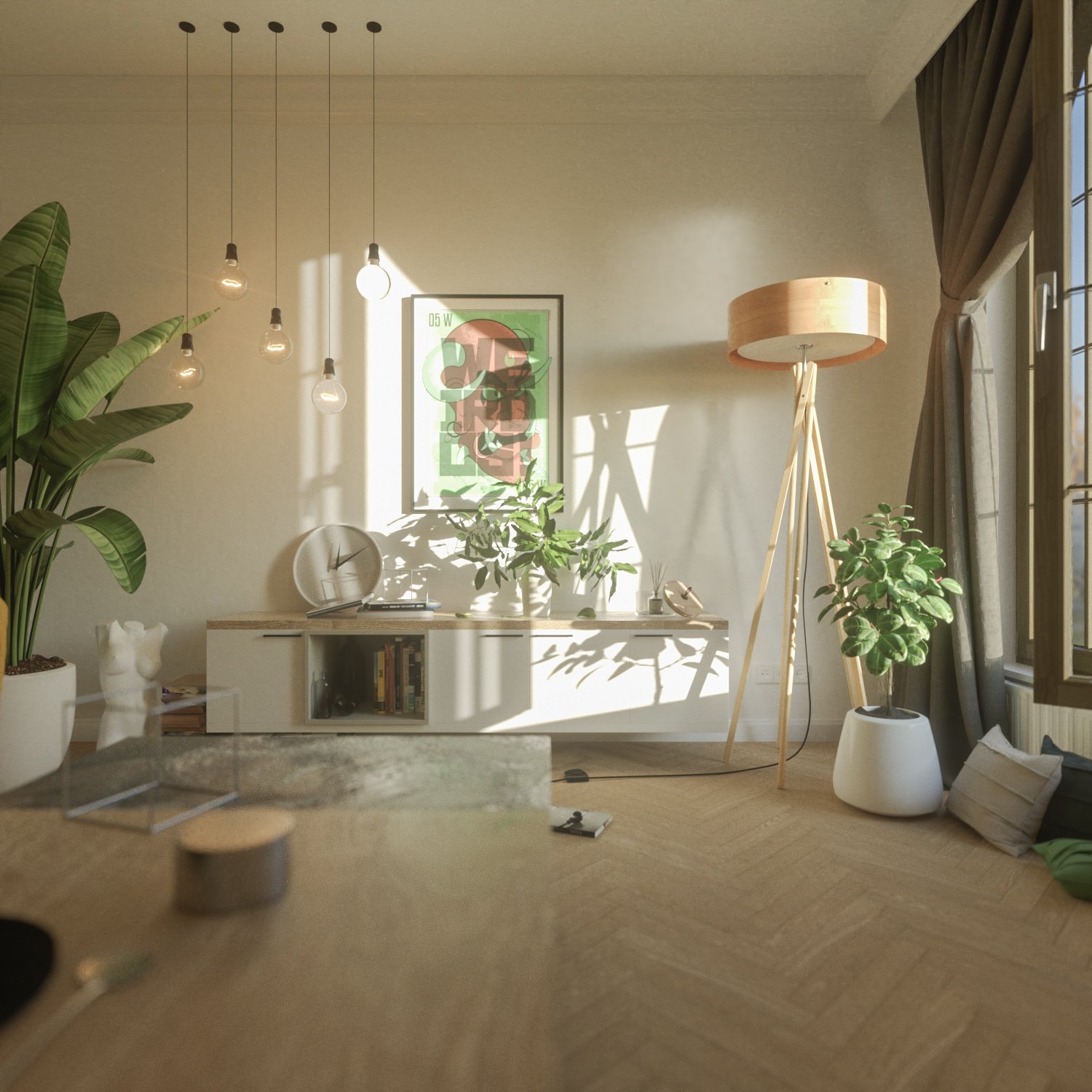

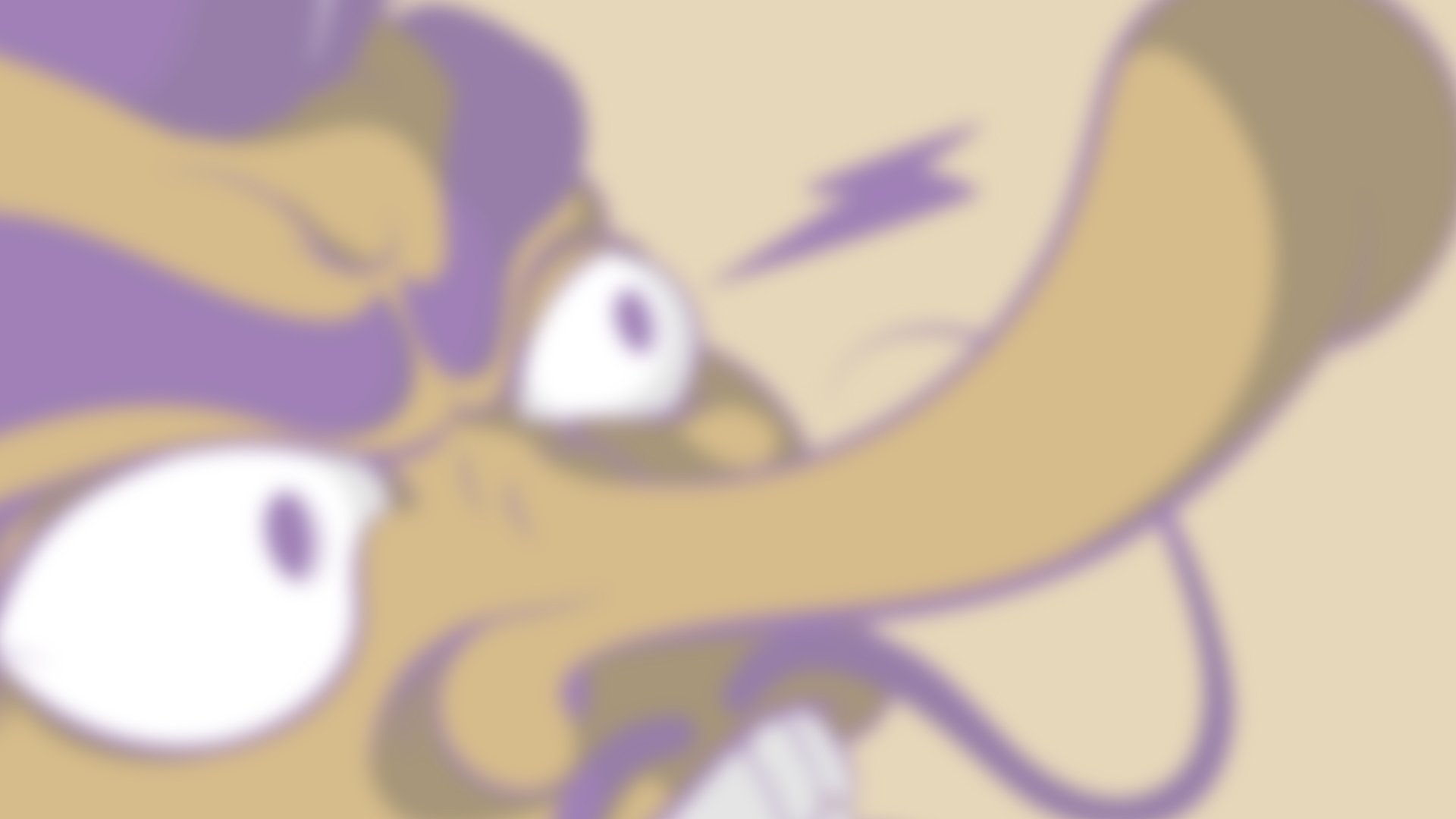
Tengu
“Tengu were disruptive demons and harbingers of war”
The Tengu: part bird, part man, all attitude. Known in Japanese folklore for causing trouble, starting fights, and occasionally offering unsolicited wisdom. A face that says “I know better”—because it probably does.



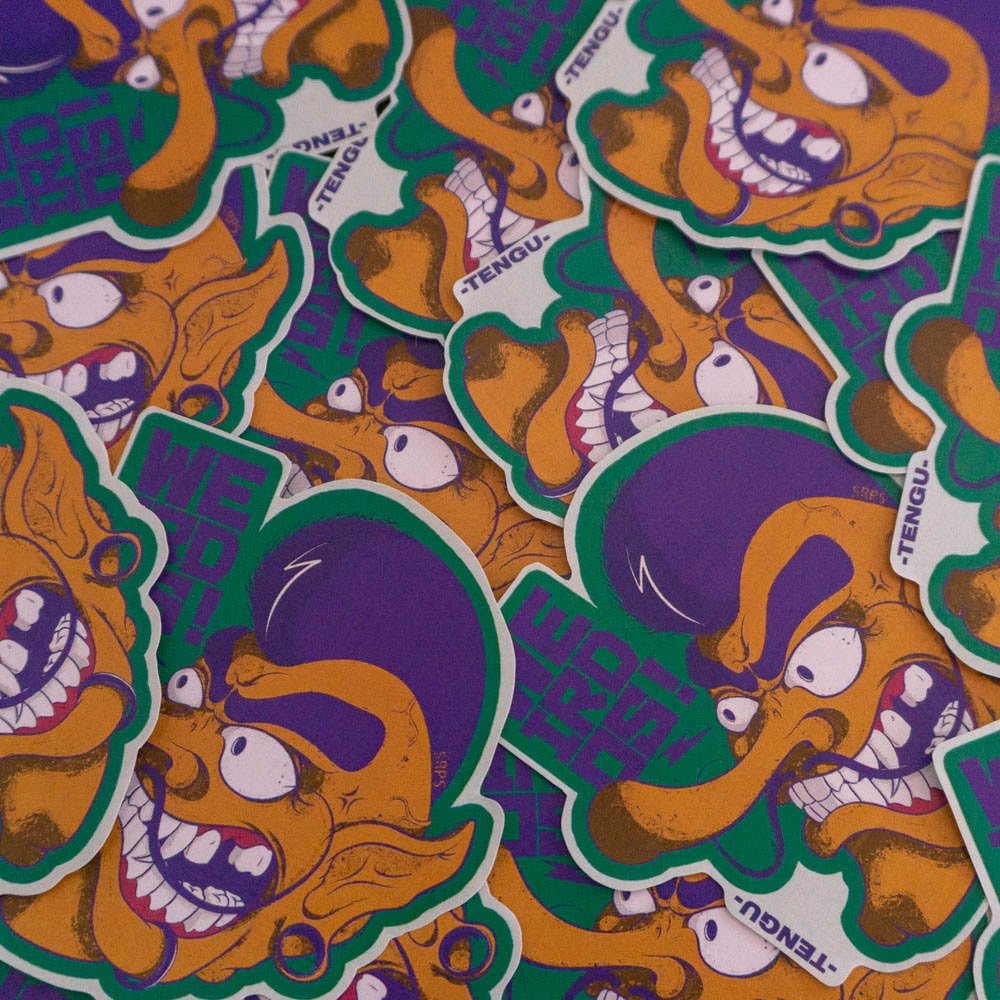
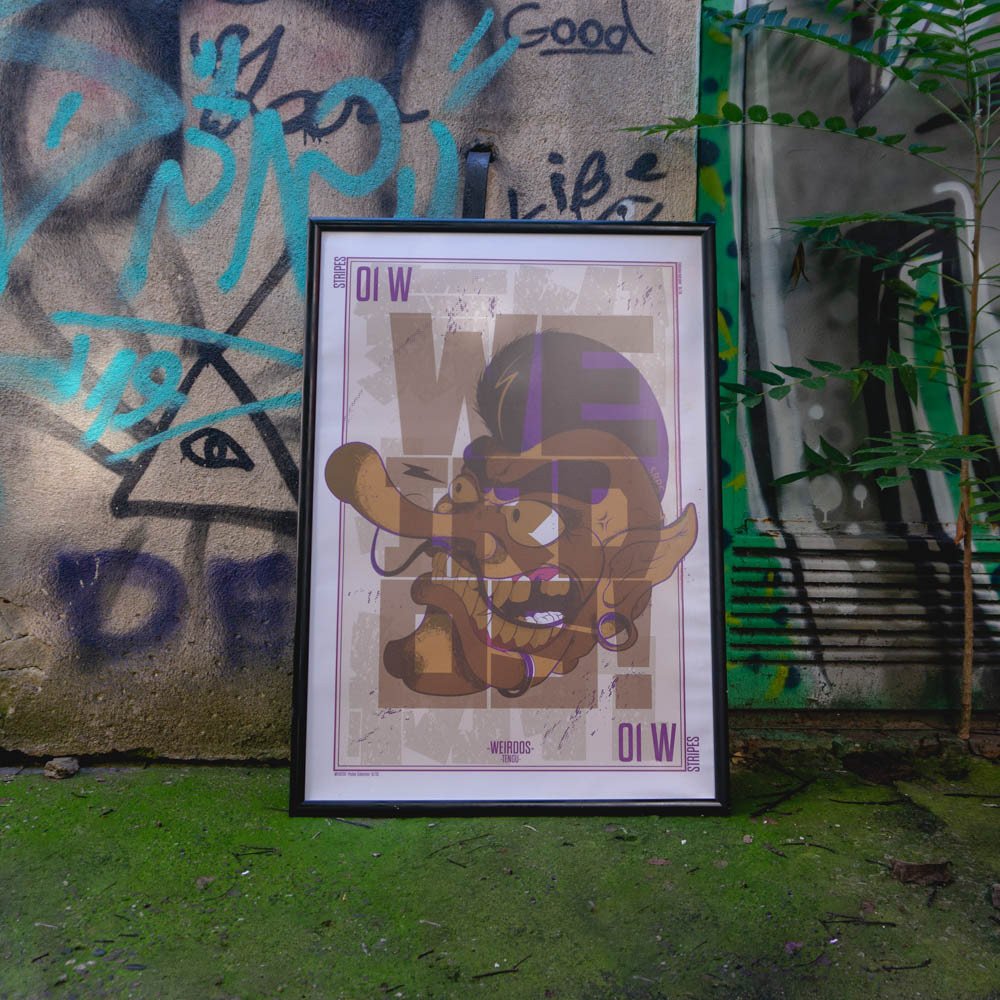
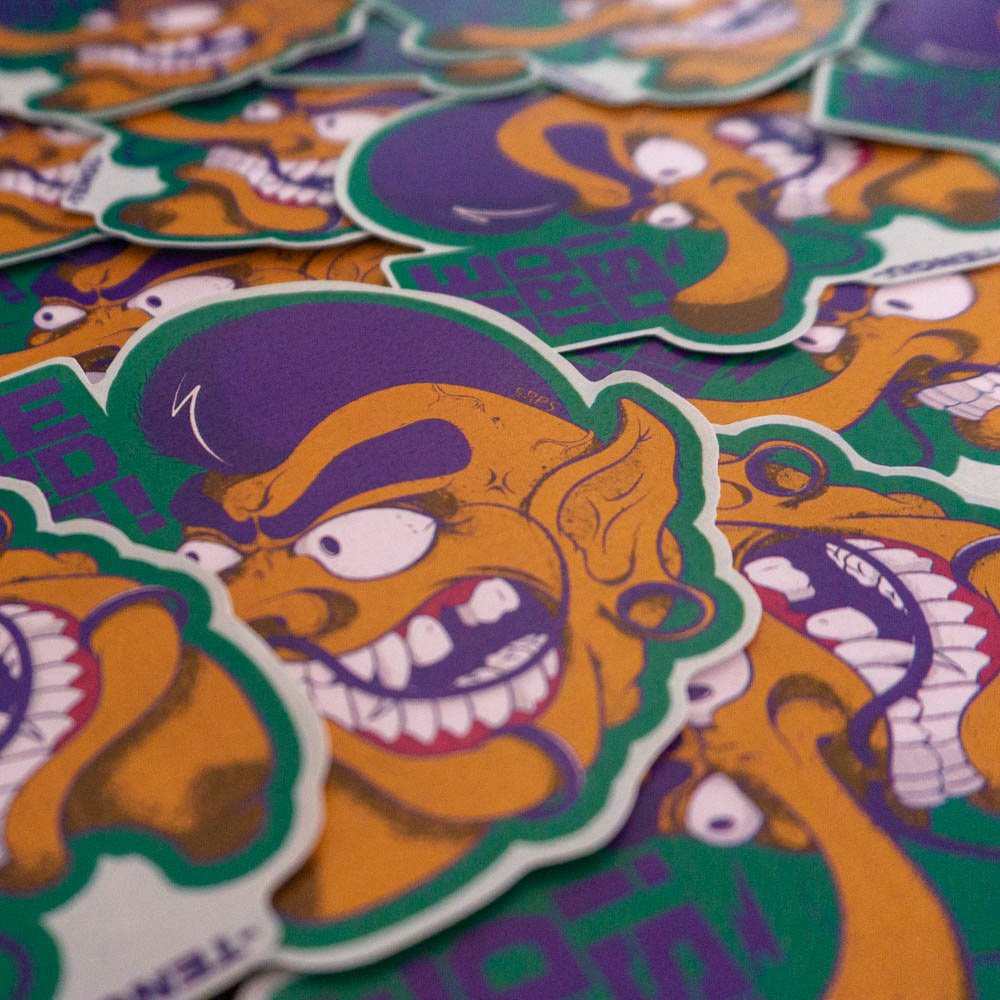
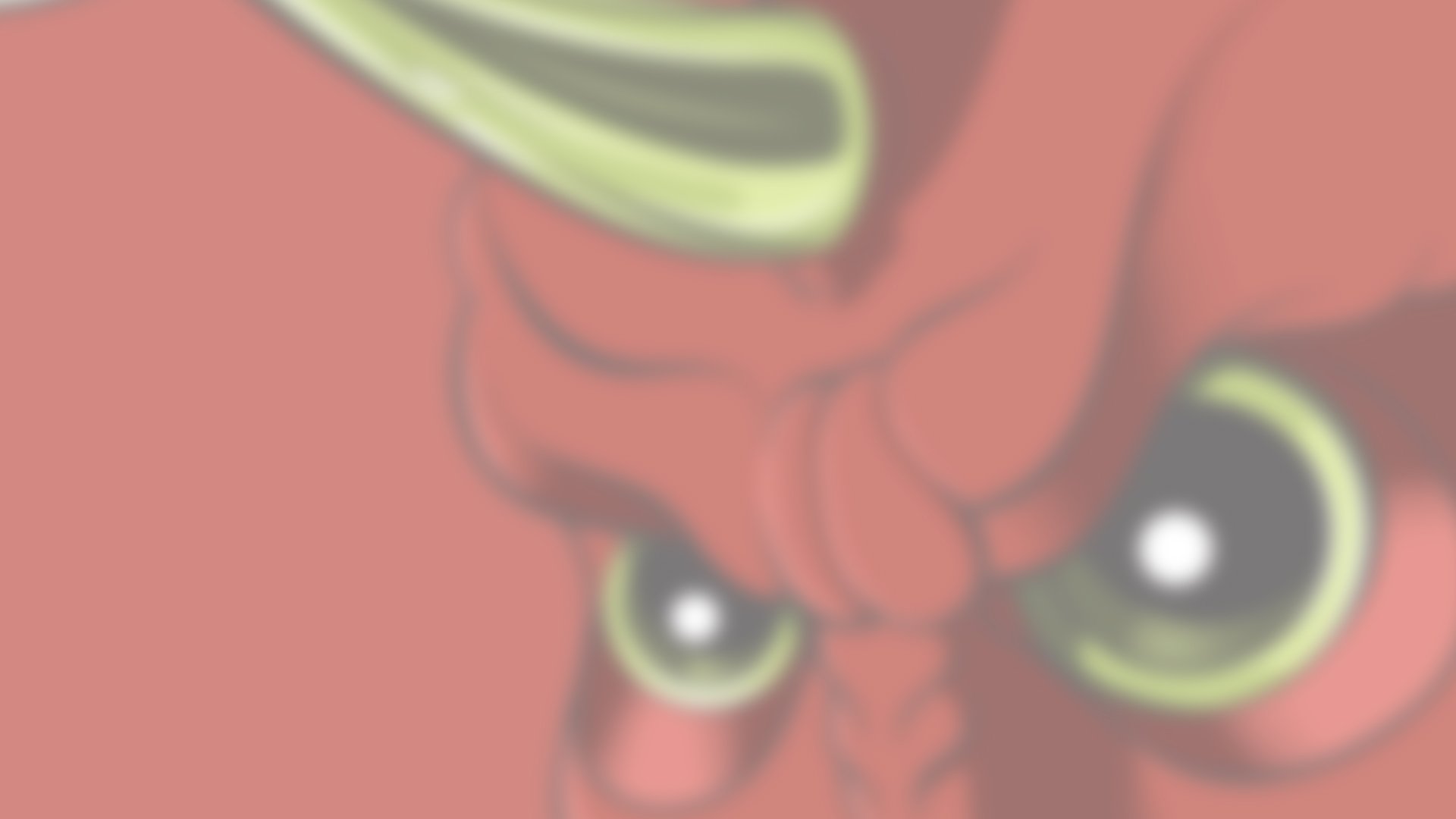
Red-Oni
“Oni are believed to be supernatural creatures who are the guardians of hell”
Bold, red, and historically not great at subtlety, the Oni is Japan’s iconic symbol of rage, mischief, and questionable decision-making. Traditionally feared for smashing things and yelling a lot, this particular Oni just wants to be understood—or at least noticed. Either way, it's not here to whisper.
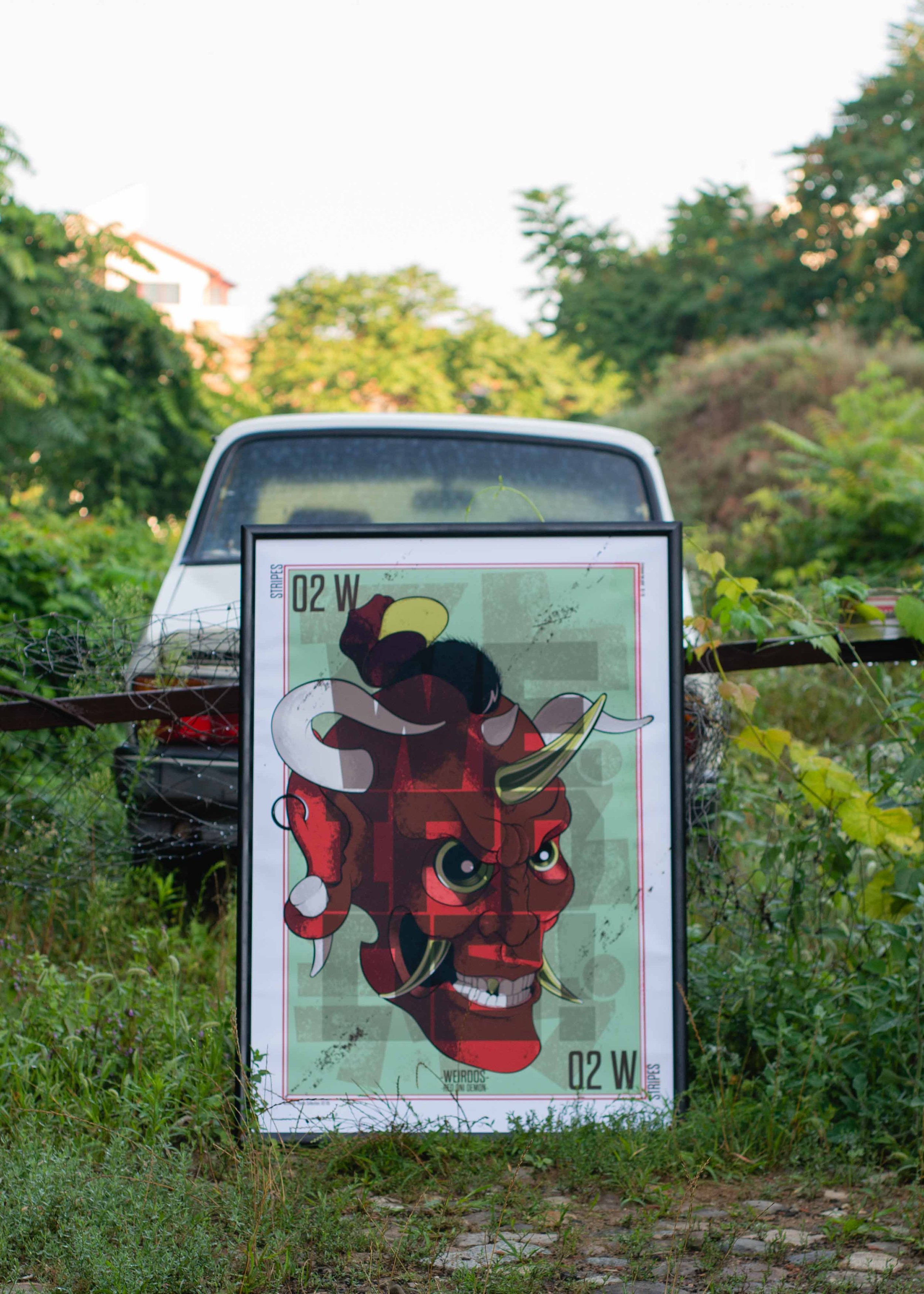
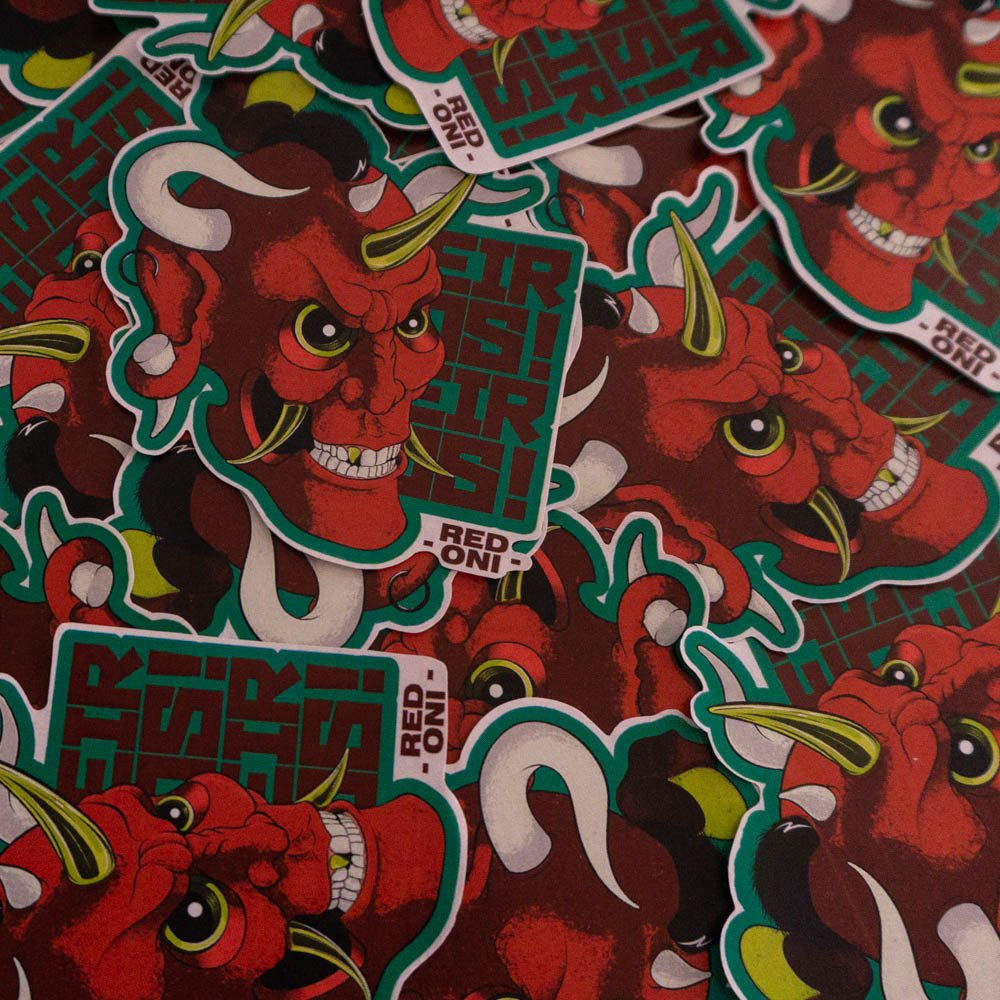
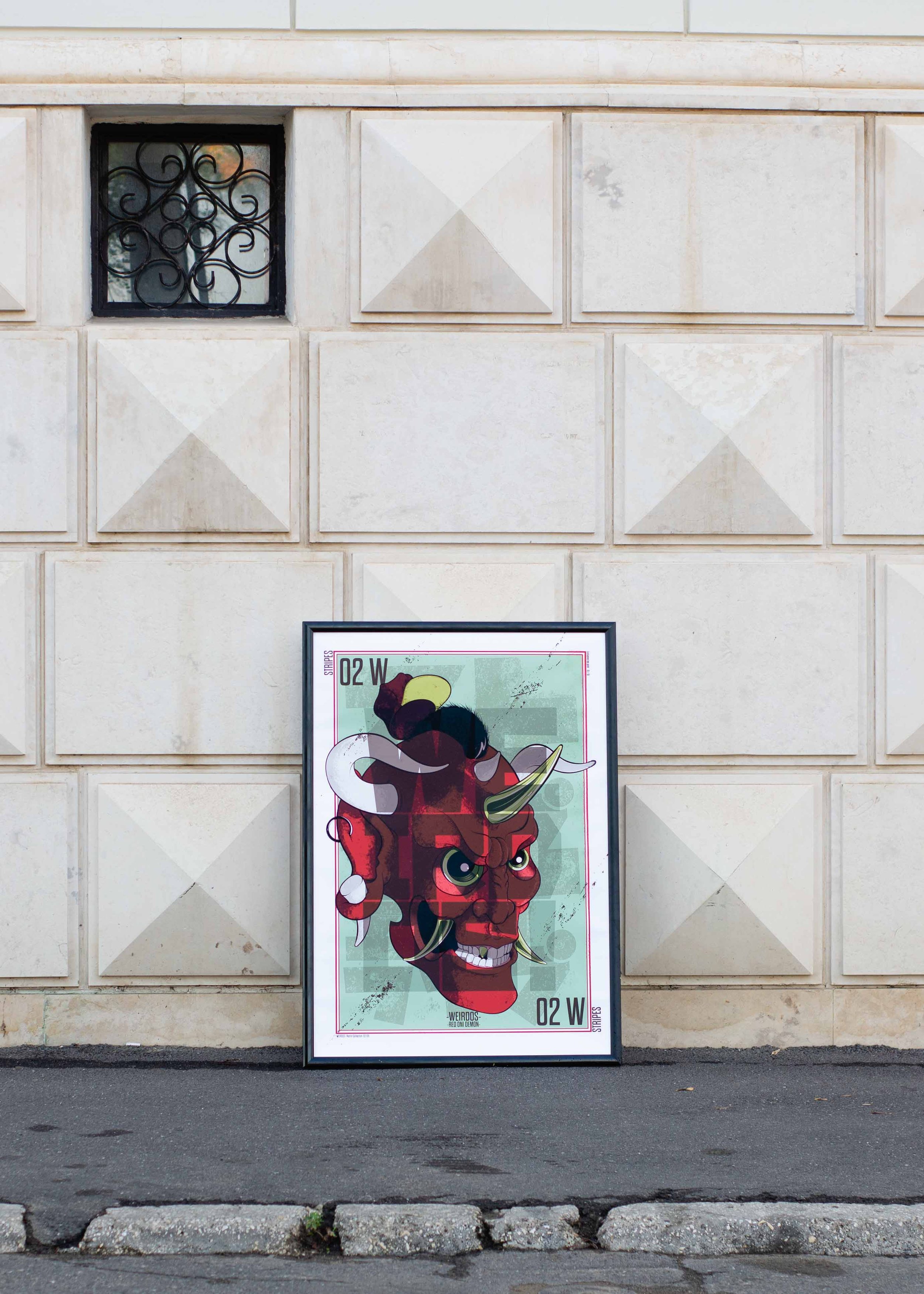
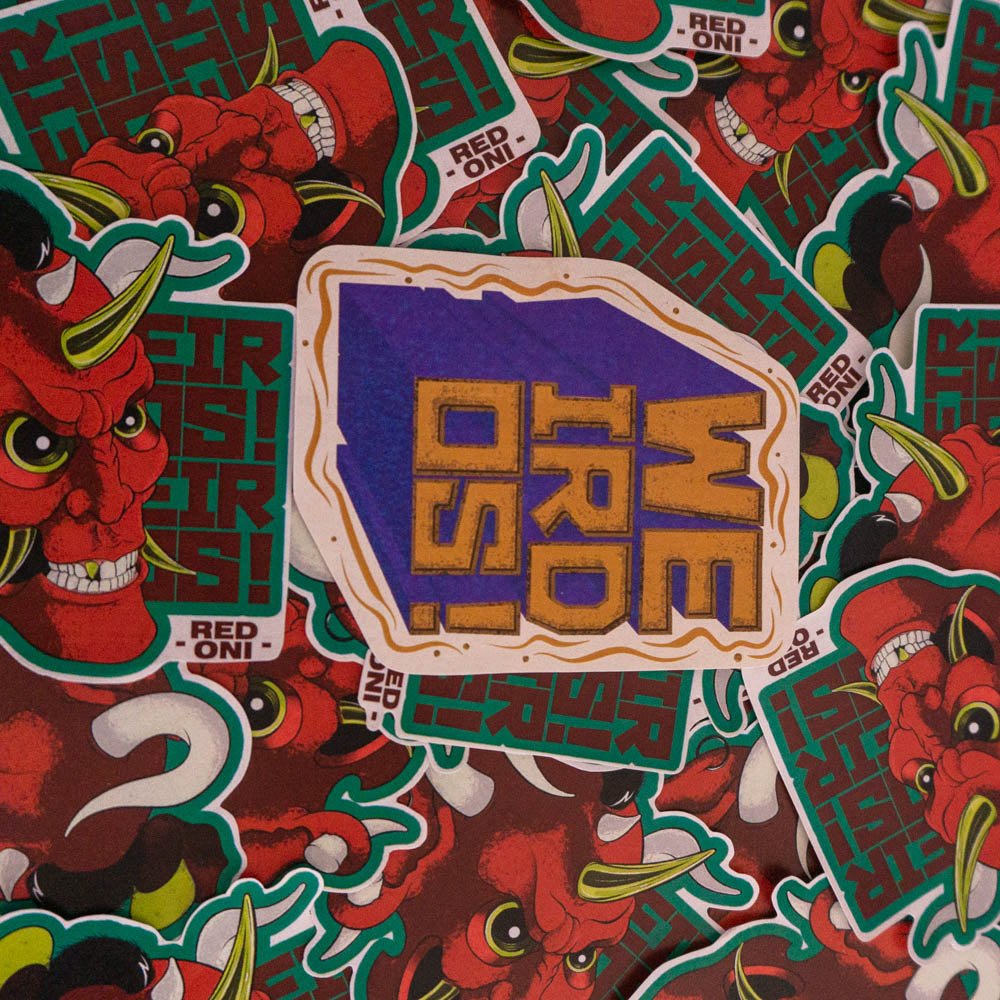
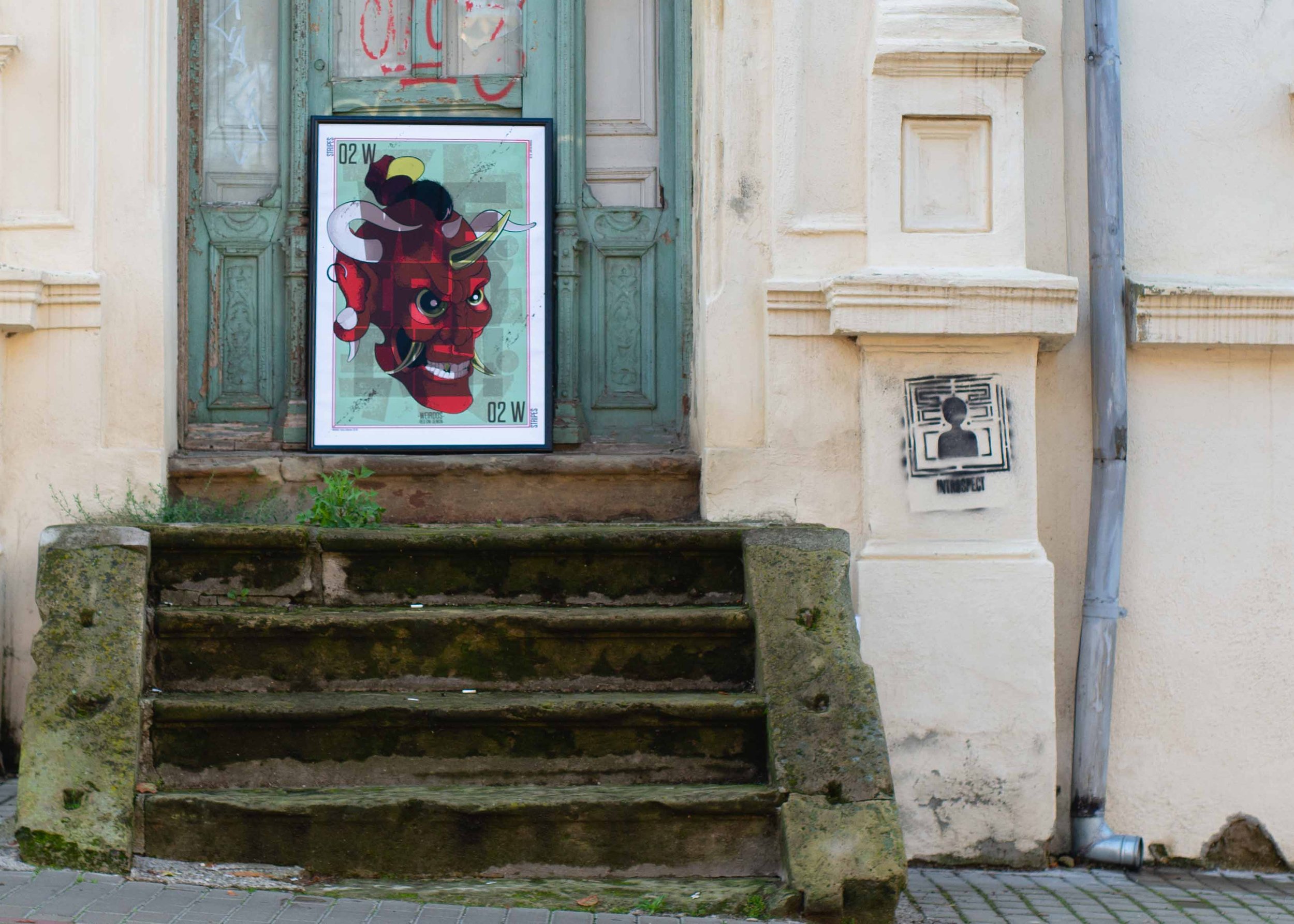
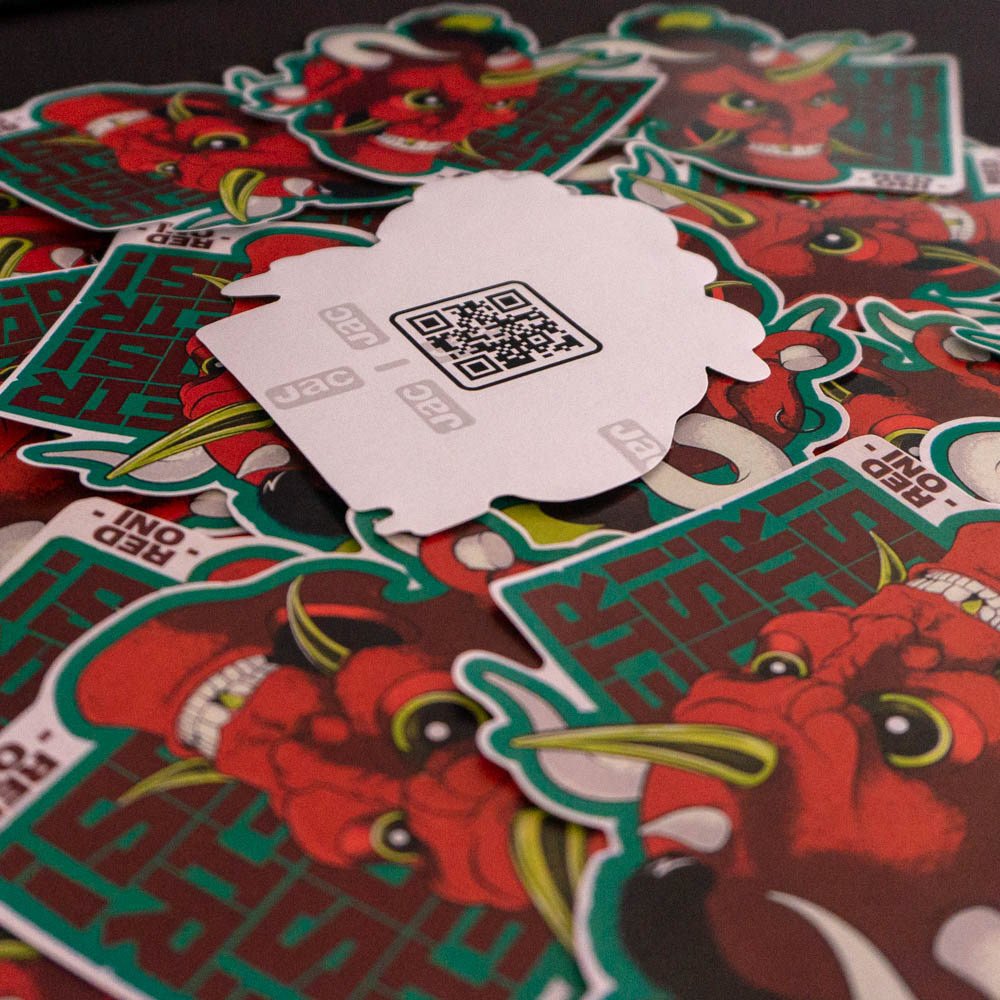
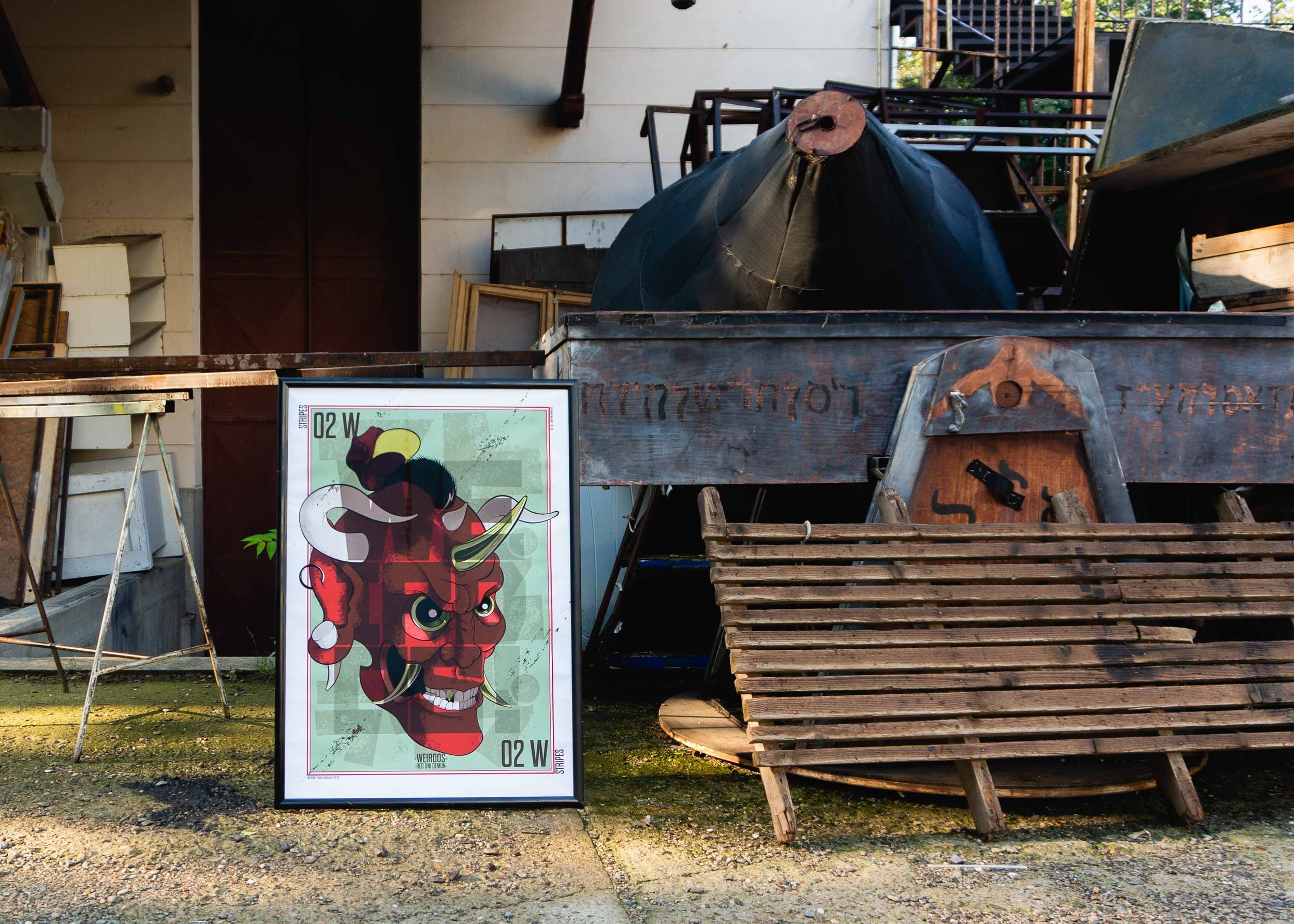
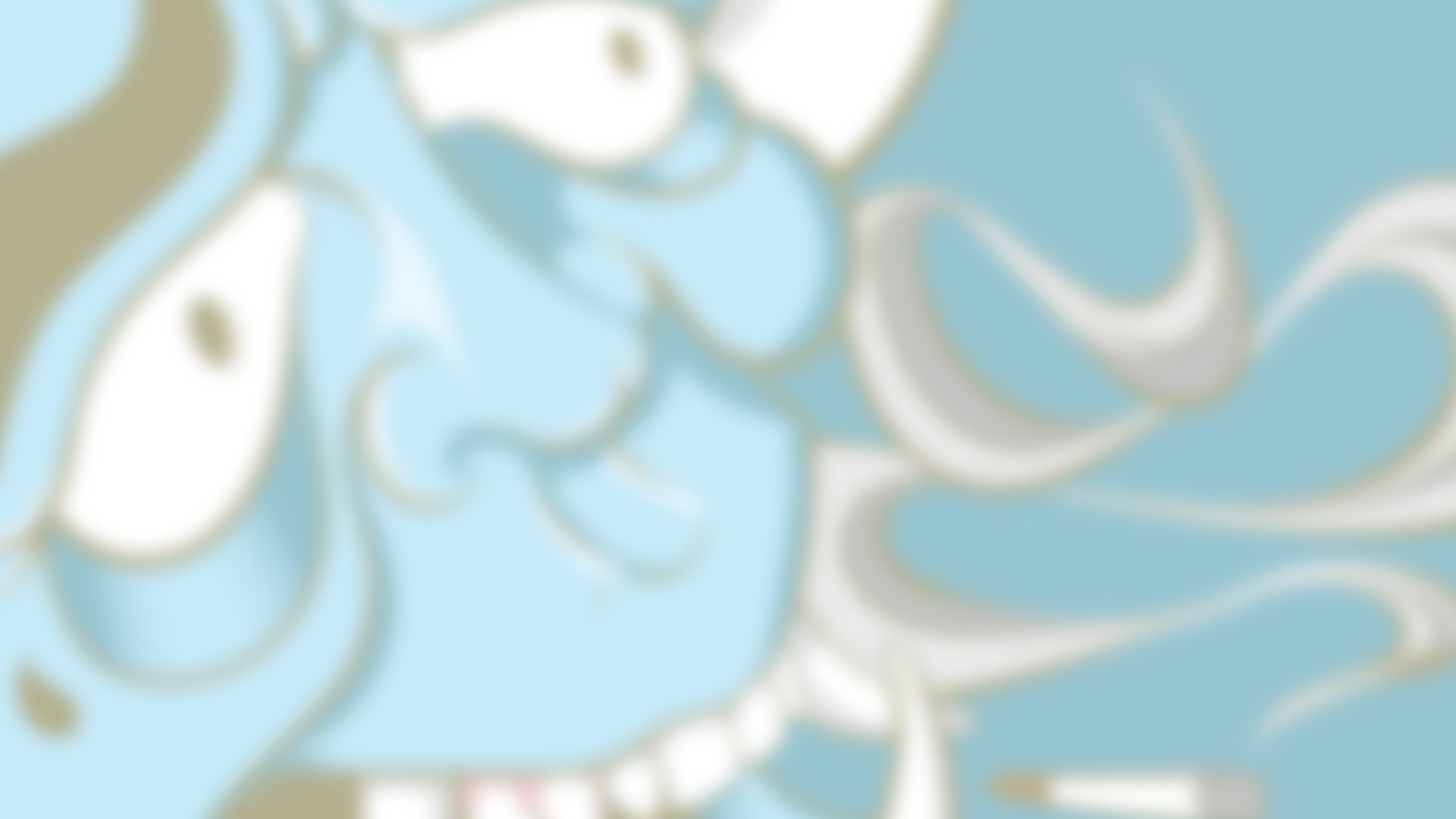
Blue-Oni
“Oni are not only evil. Some bring protection from evil spirits”
Unlike his red counterpart, the Blue Oni means well—he’s just built like a villain. With the strength to destroy a village and the heart to help you move house, he’s a misunderstood softie in an unfortunate body. Still intimidating, still blue, just here to do his best. Please don’t scream.
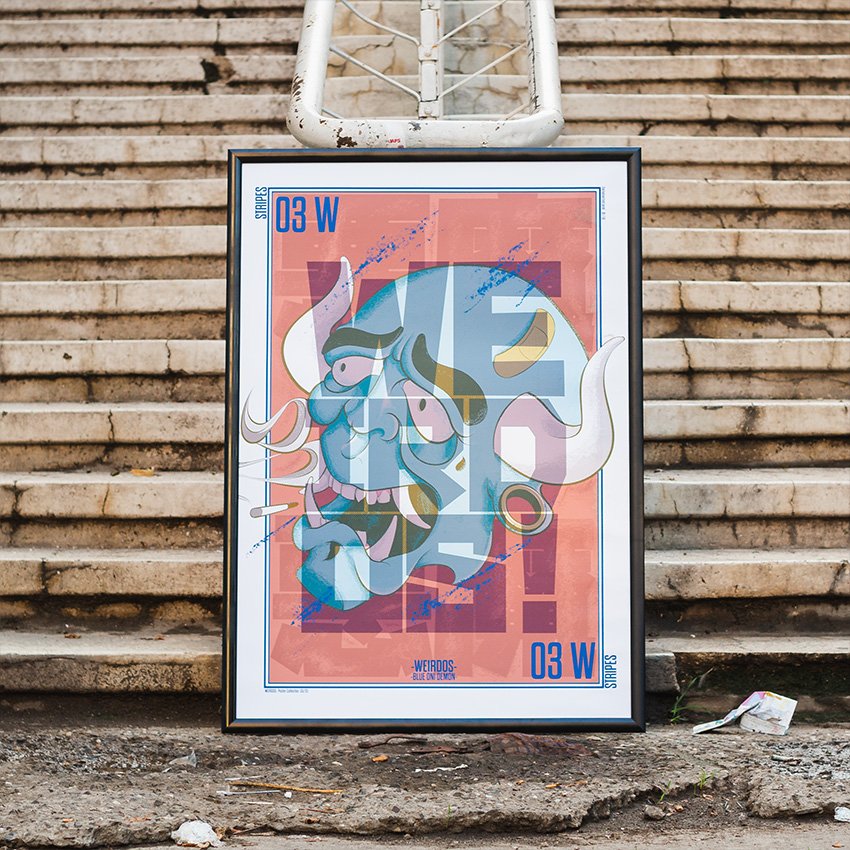
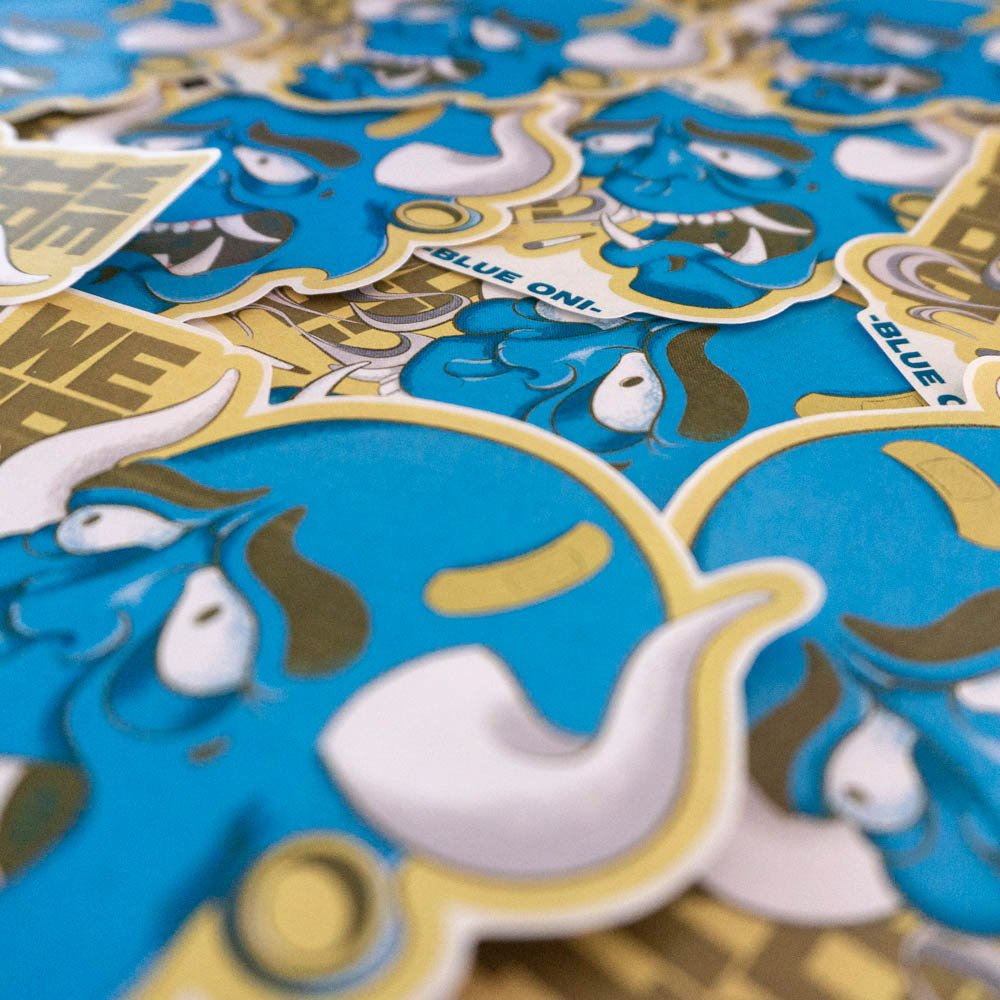
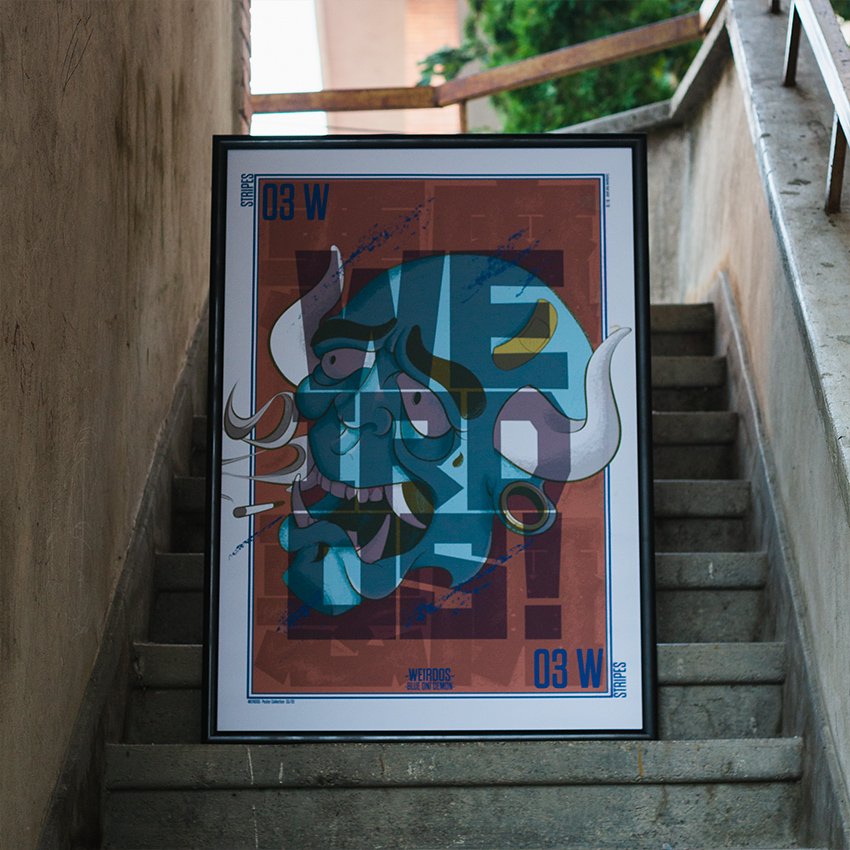
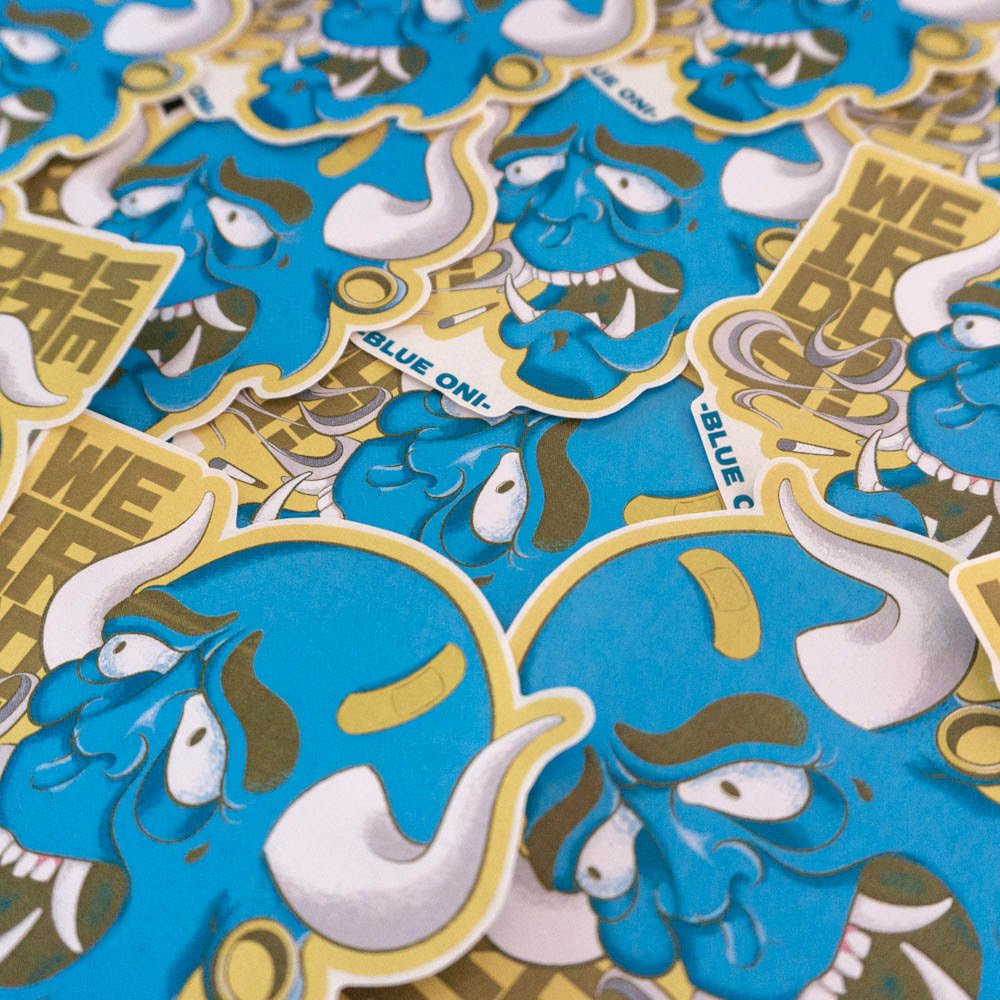
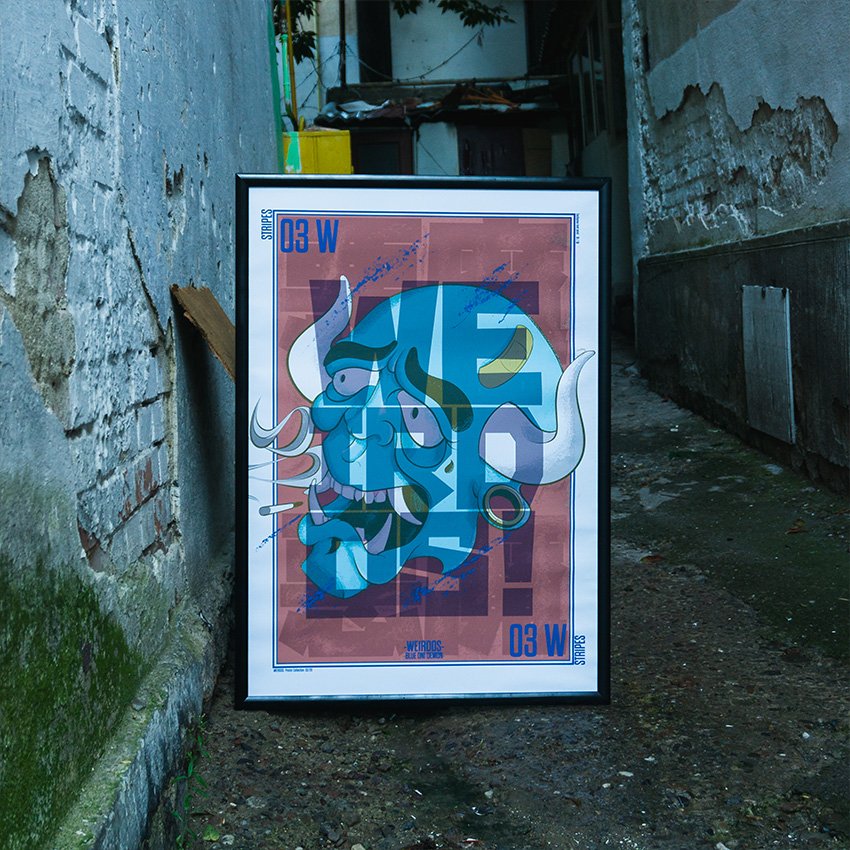
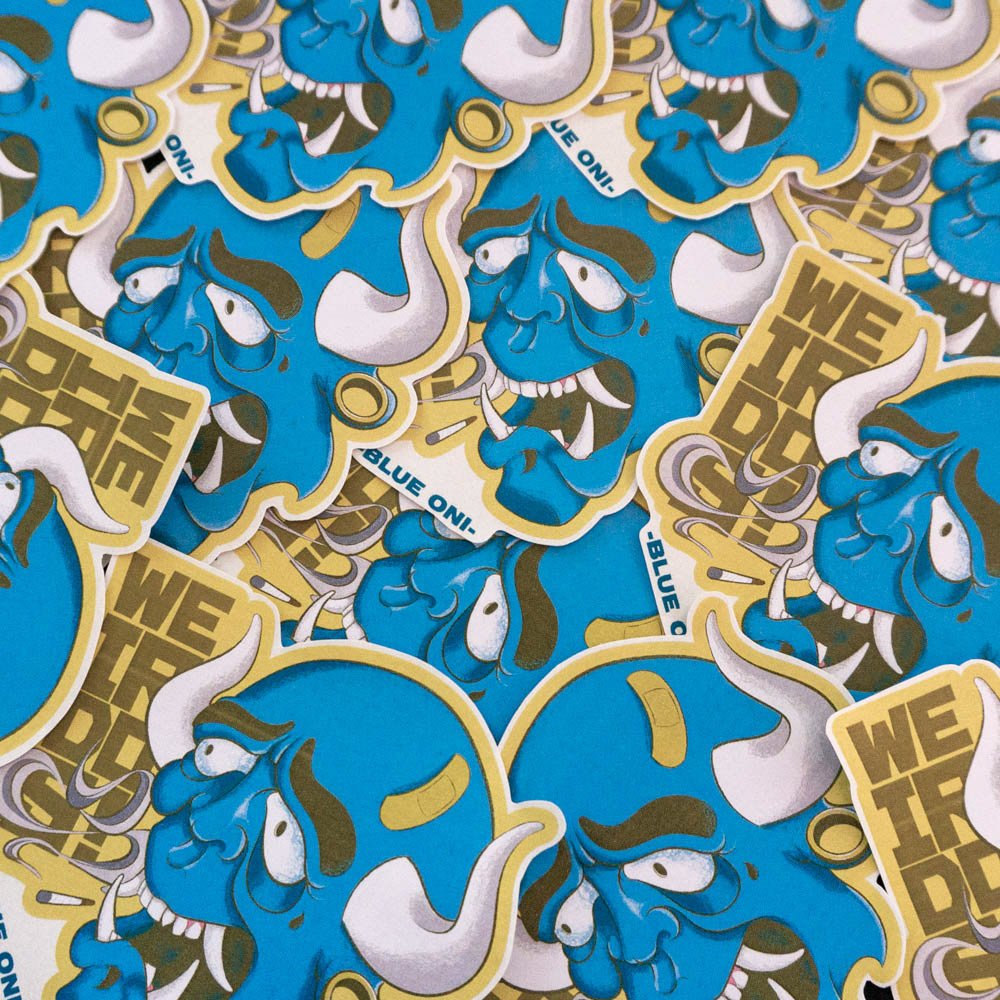
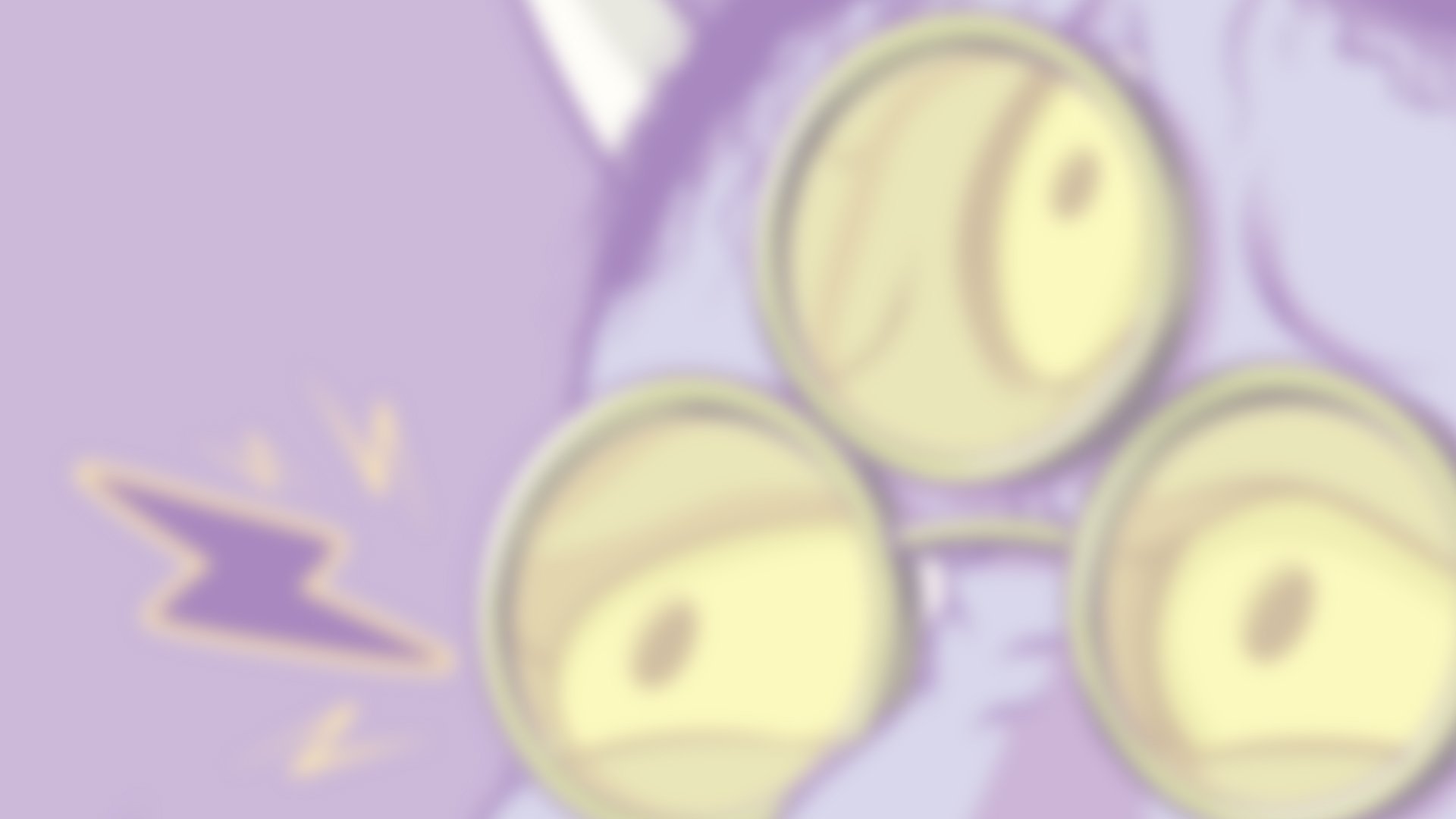
Hannya
“Hannya portrays the souls of women who have become demons due to obsession or jealousy”
The Hannya wears a face twisted by jealousy and rage—but who among us hasn’t had a bad day in eyeliner? Once a woman, now a demon with horns, fangs, and absolutely zero patience for betrayal. Not evil, just emotionally efficient. Approach with caution, or compliments.
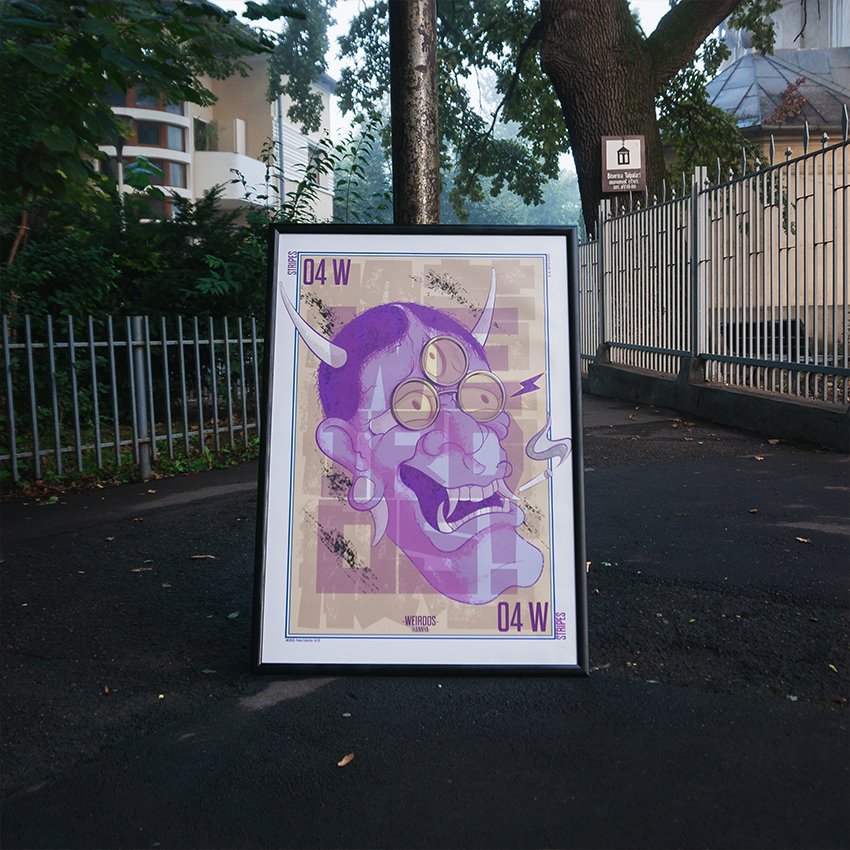
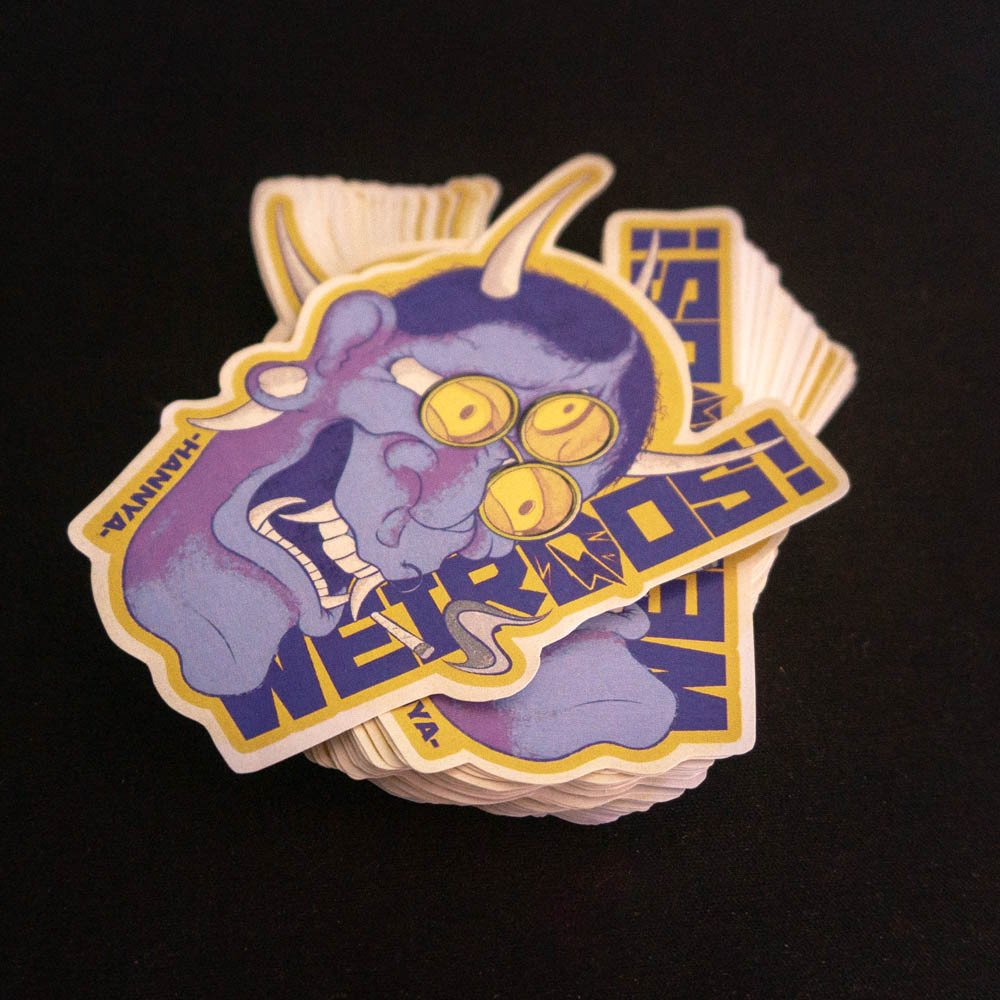
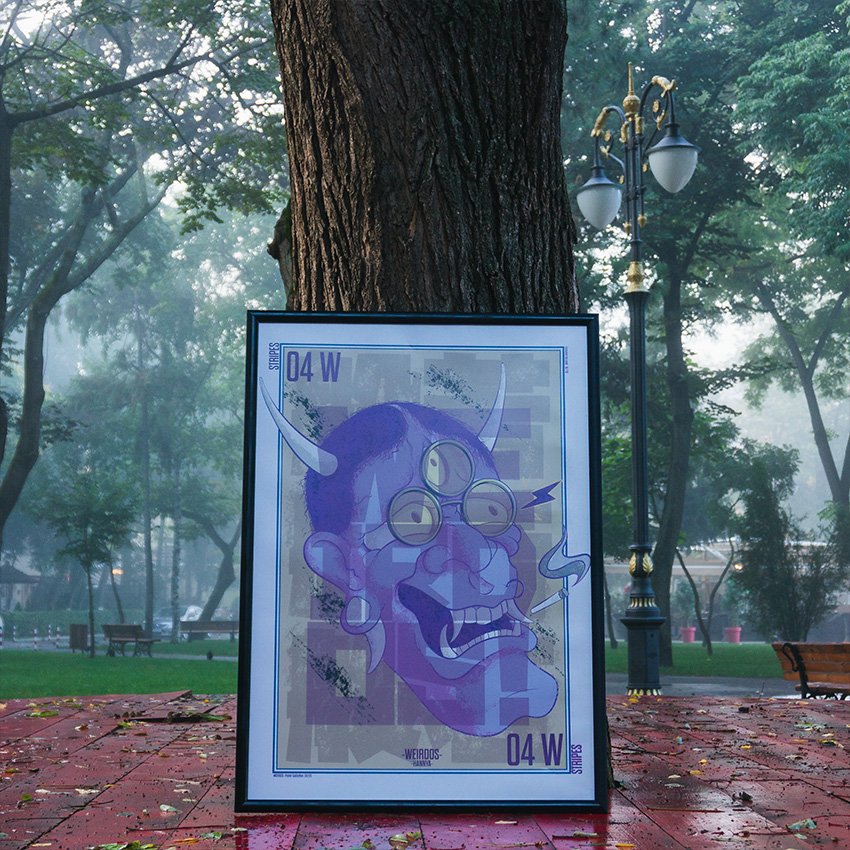
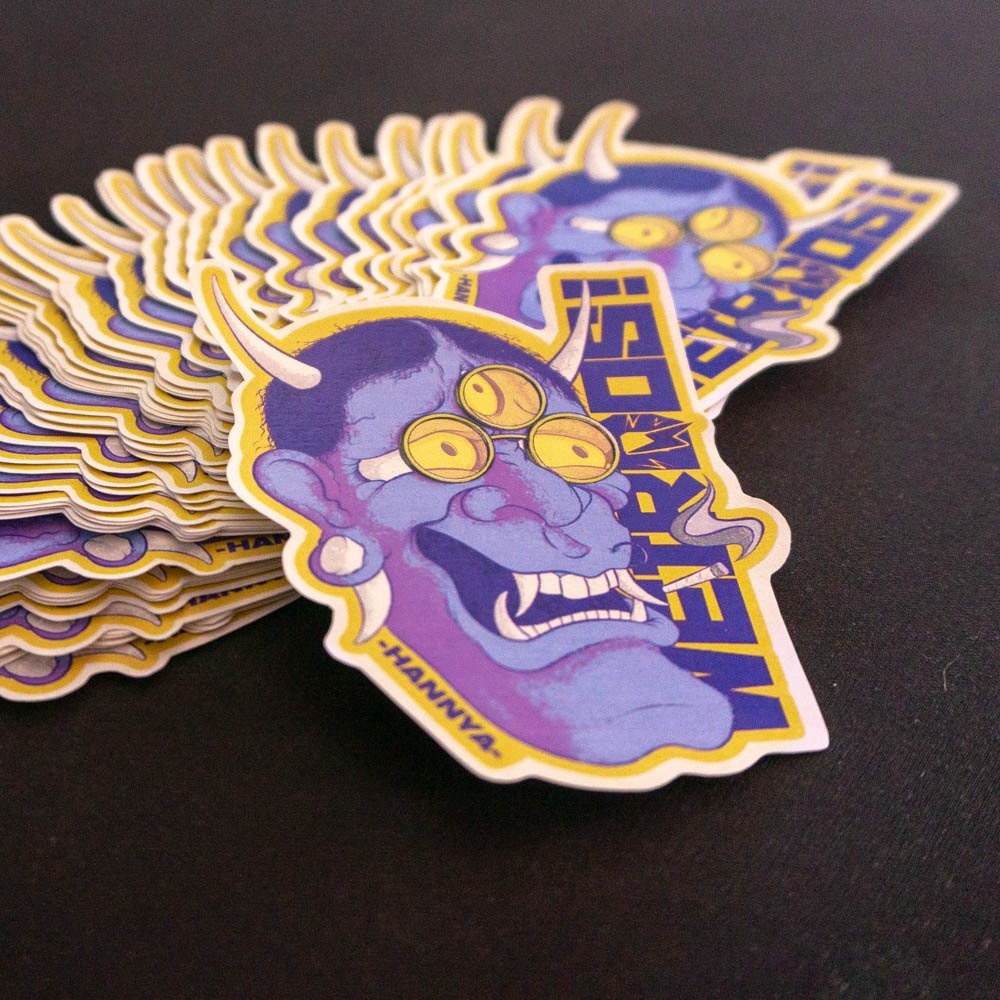
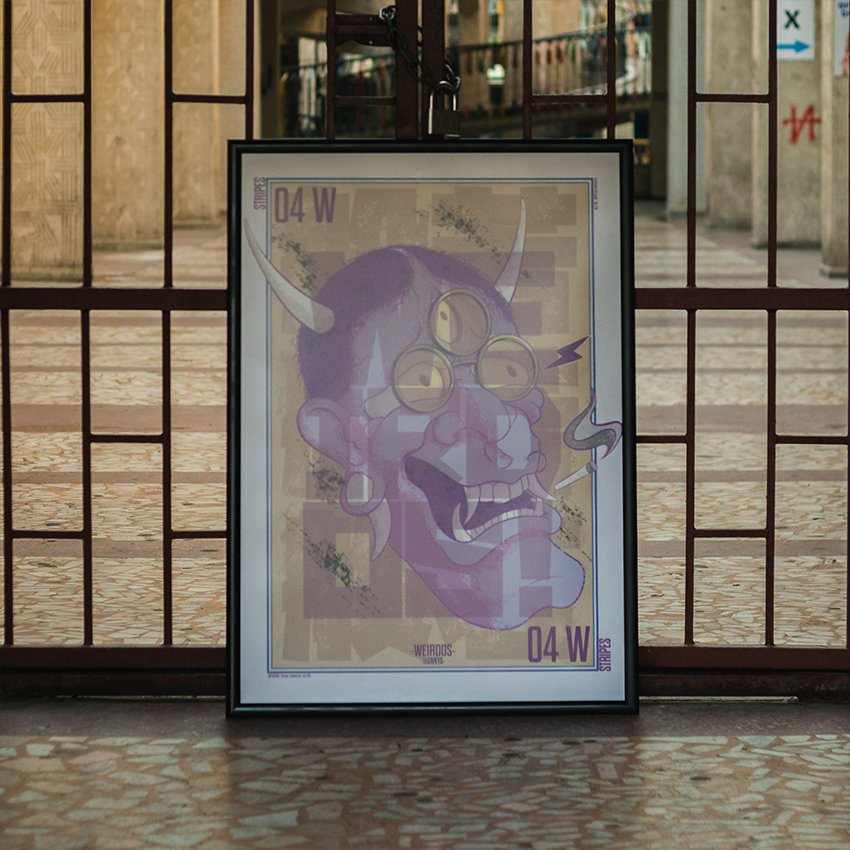
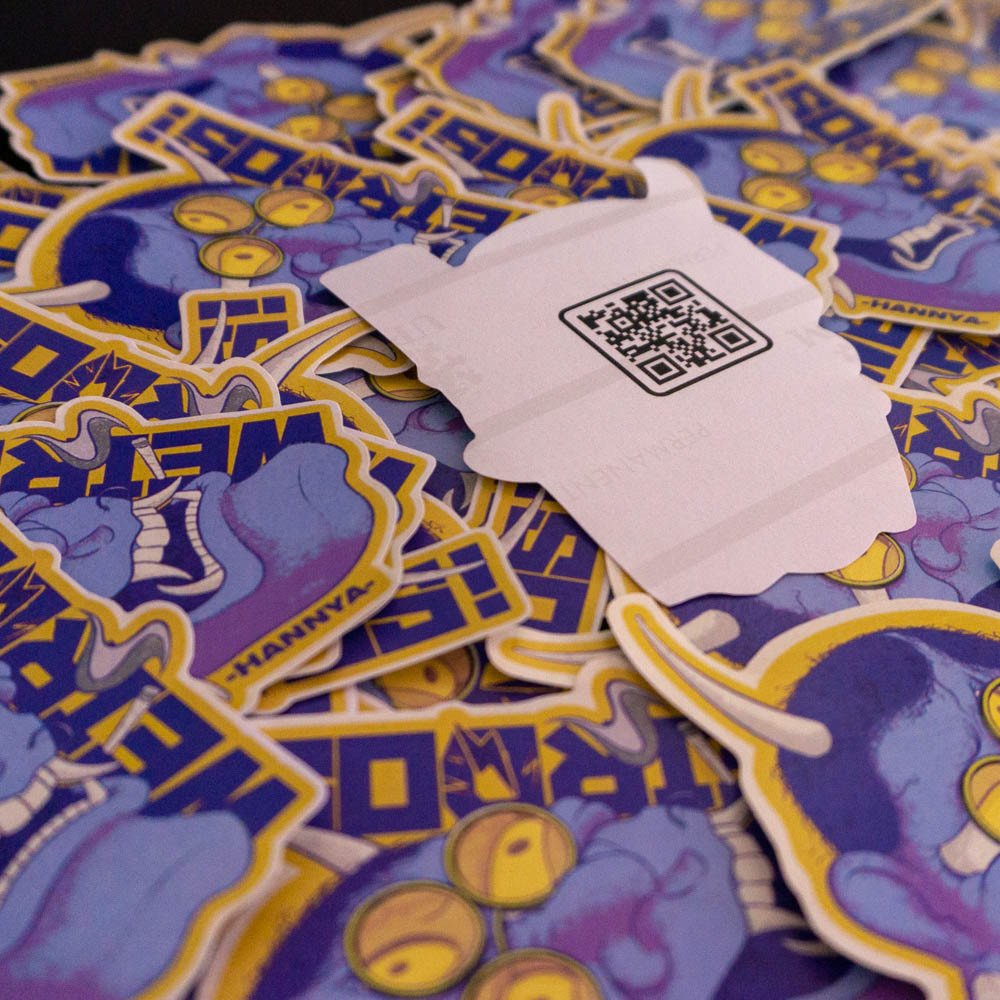
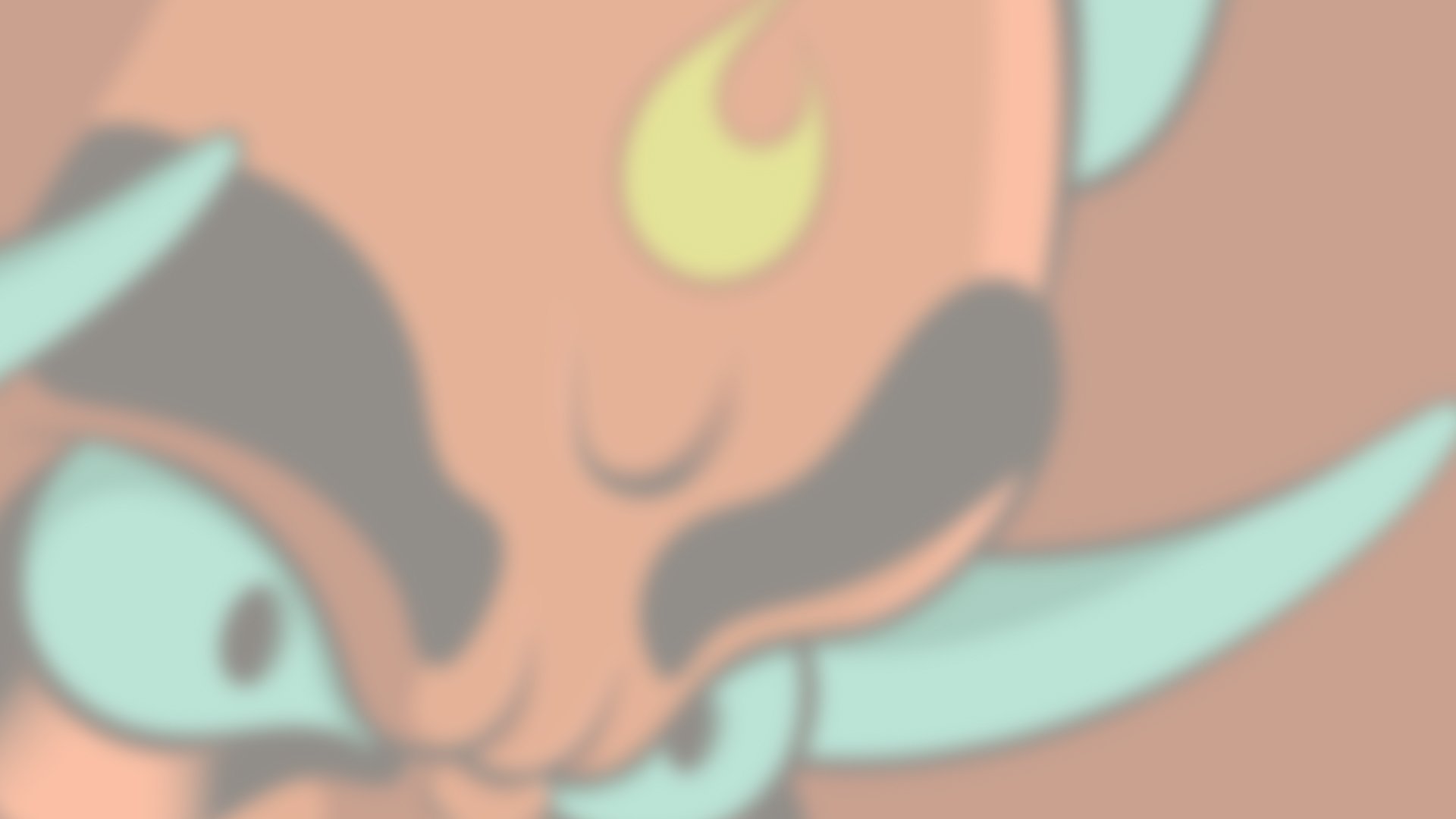
Orange-Oni
“Oni are typically portrayed as hulking figures with one or more horns growing out of their heads”
Towering, orange, and sporting more horns than strictly necessary, this demon wasn’t built for subtlety. Loud by presence, not by choice, he mostly wants to be left alone—but keeps accidentally terrifying entire villages. Not particularly evil, just structurally inconvenient.

